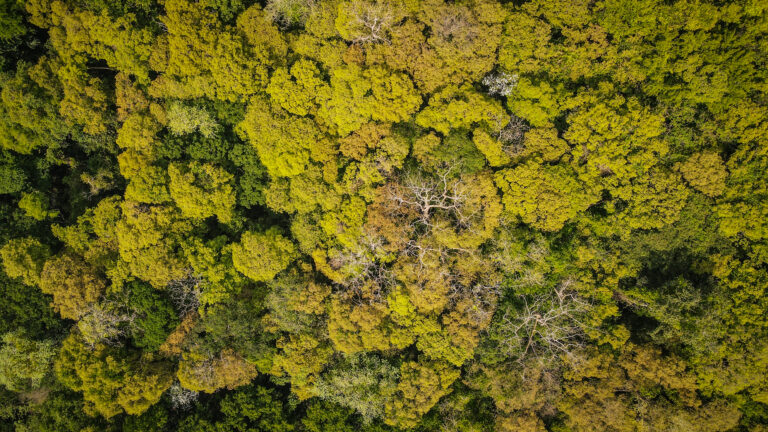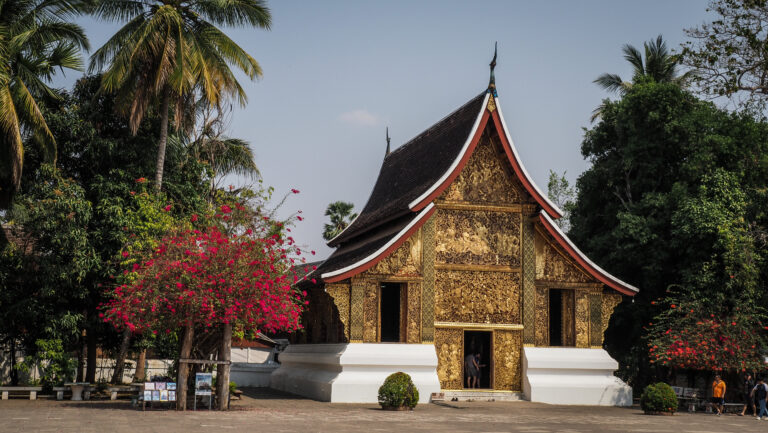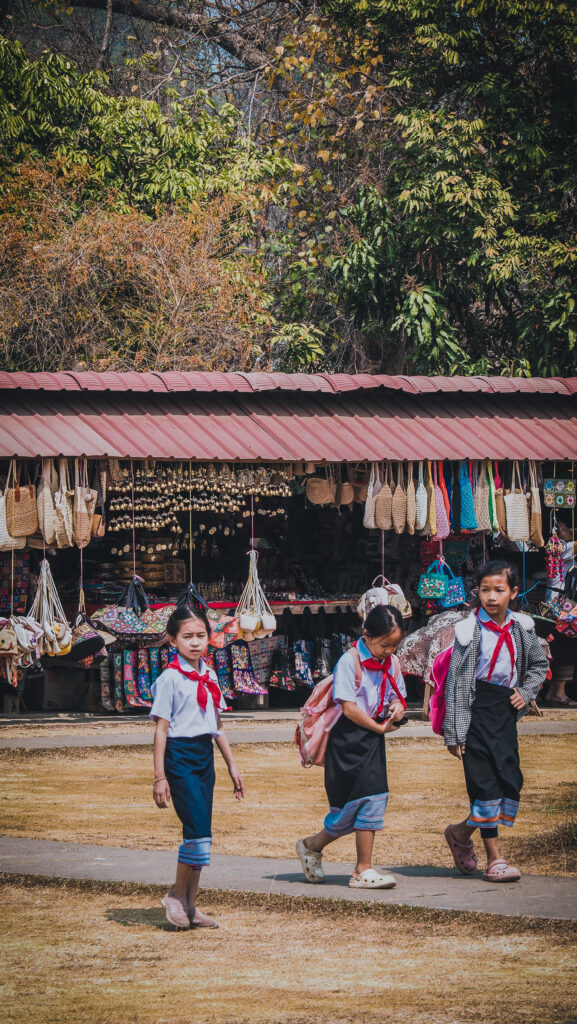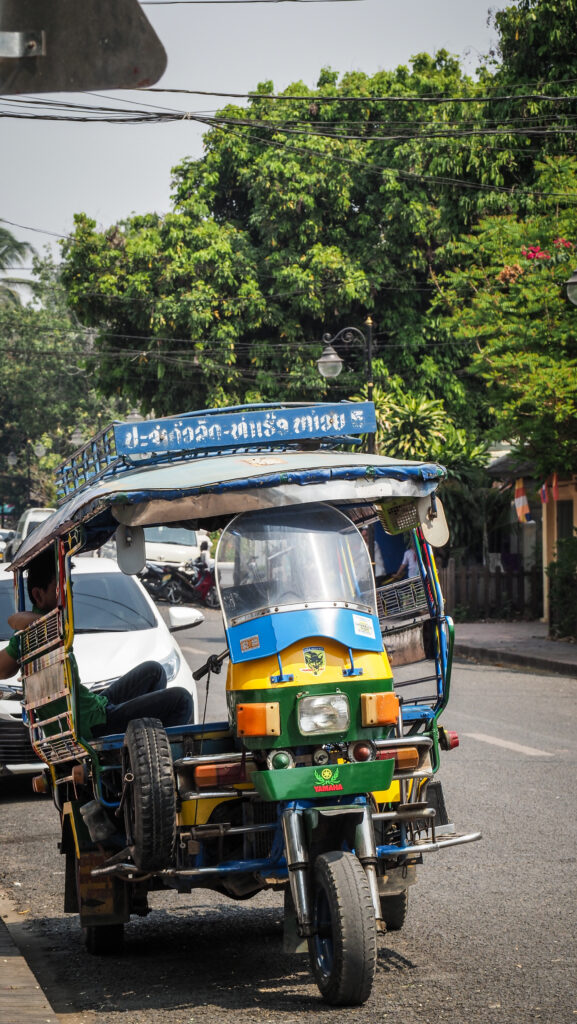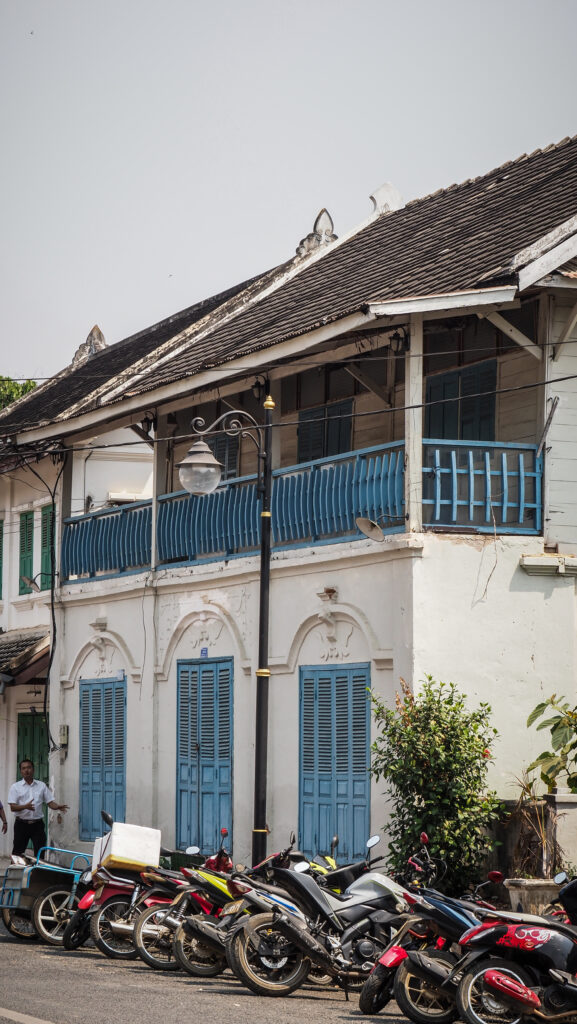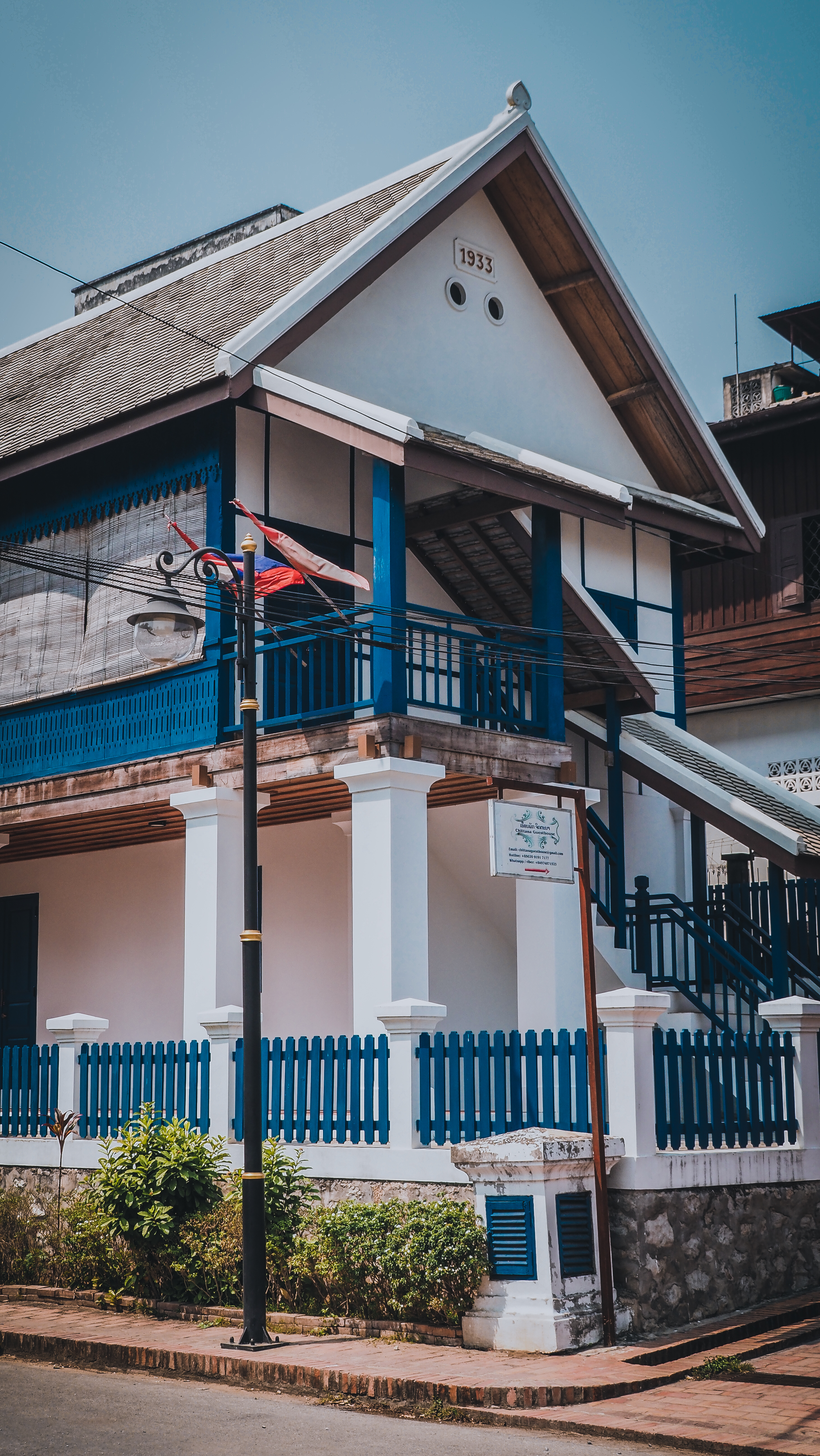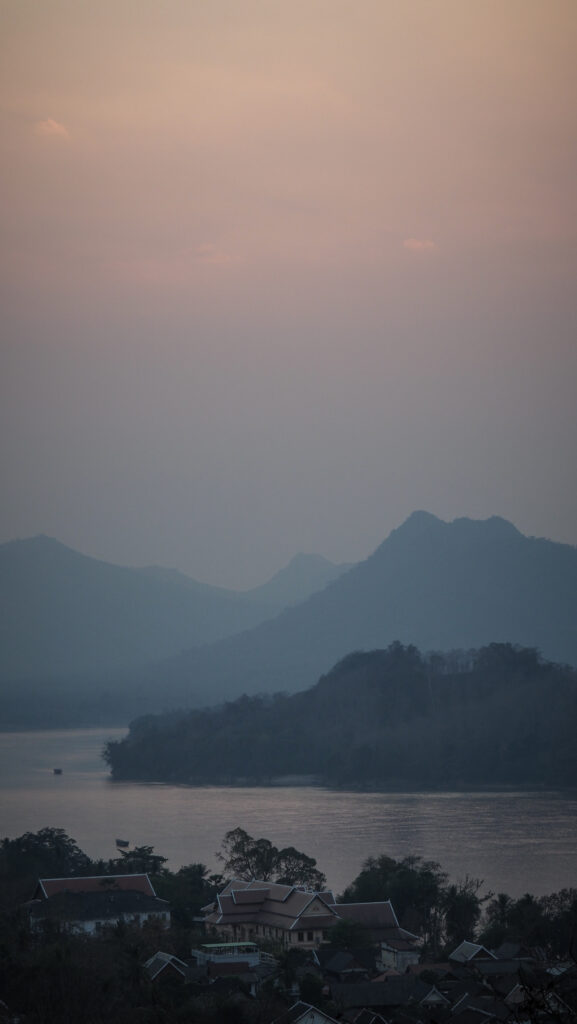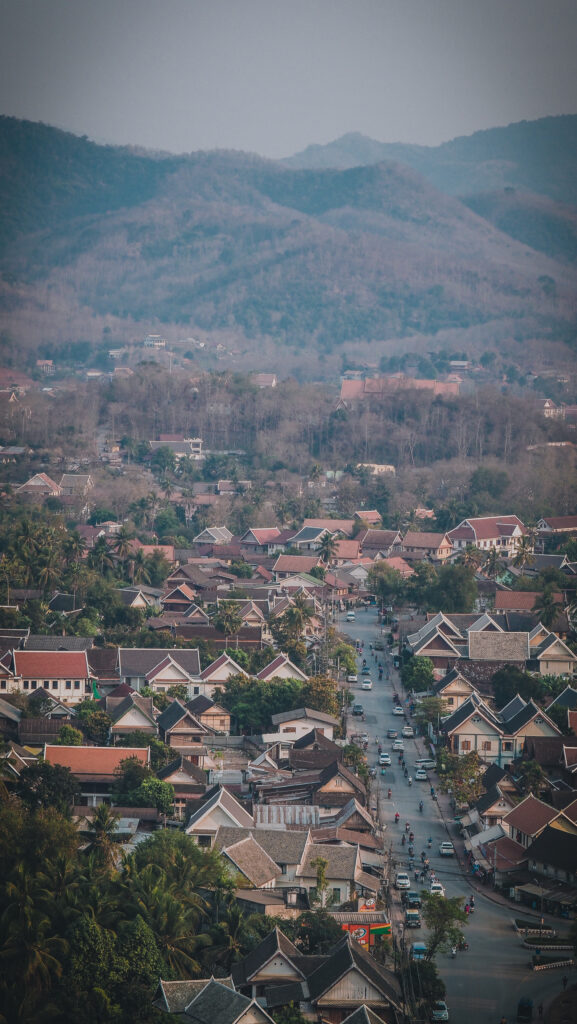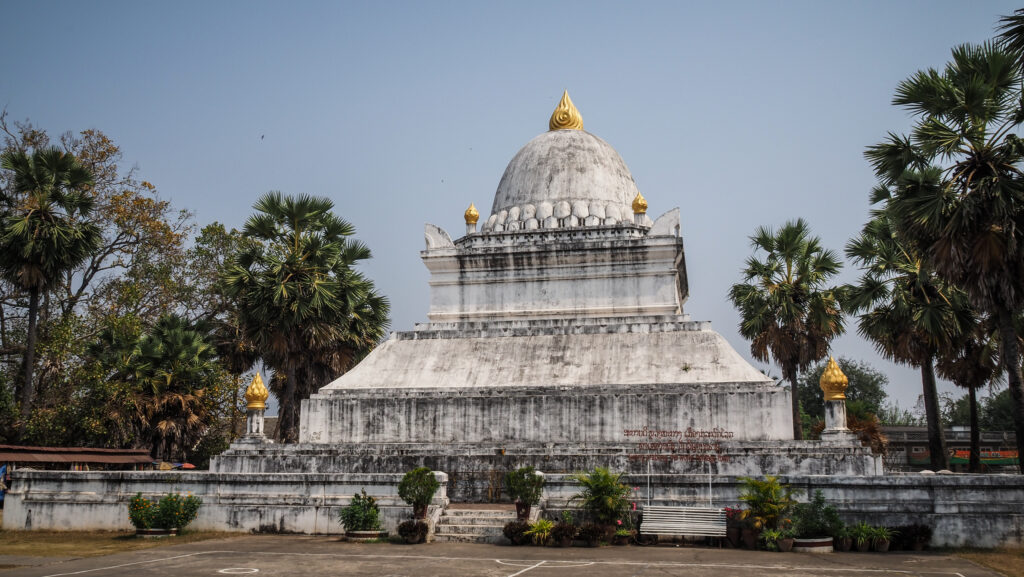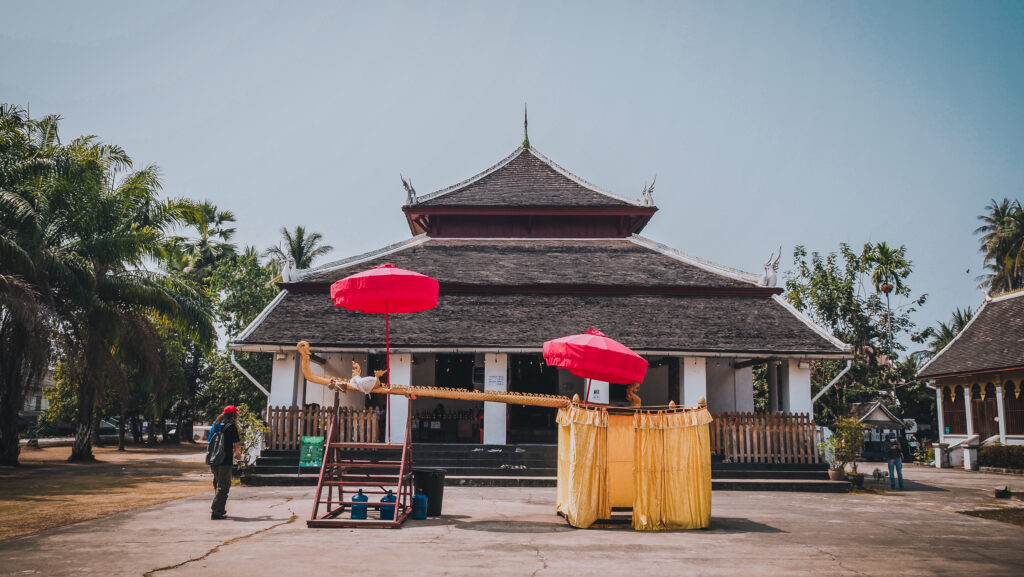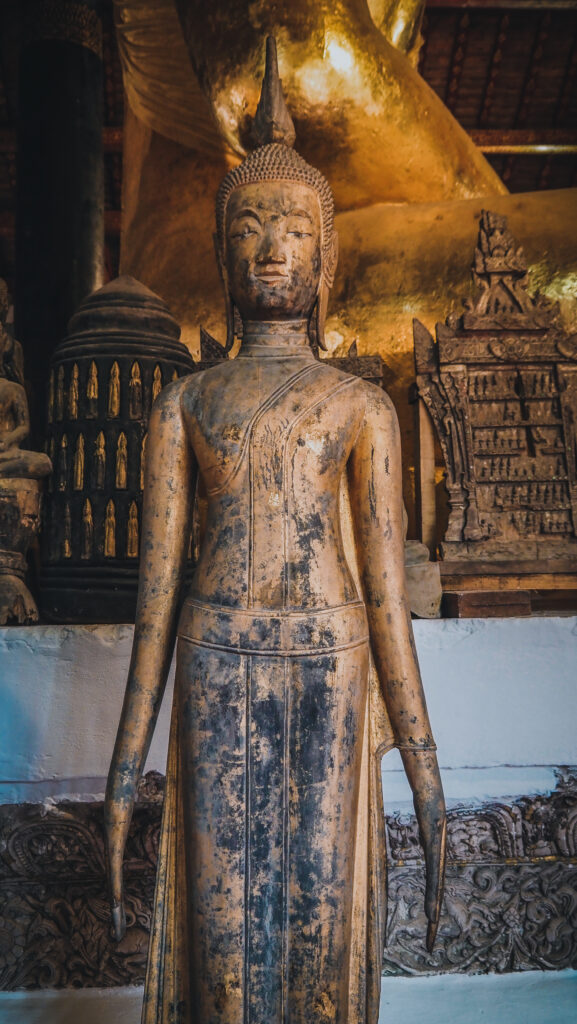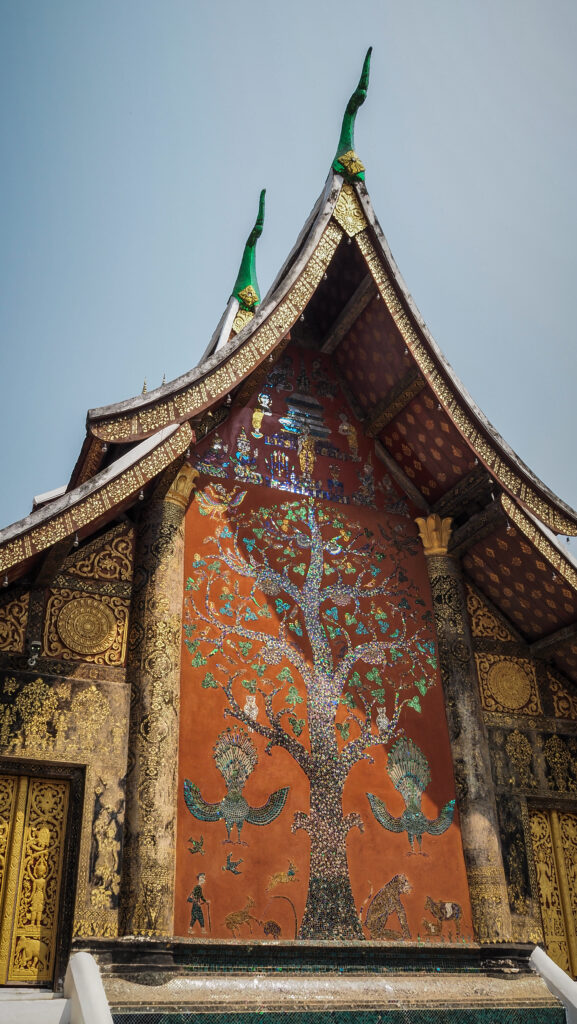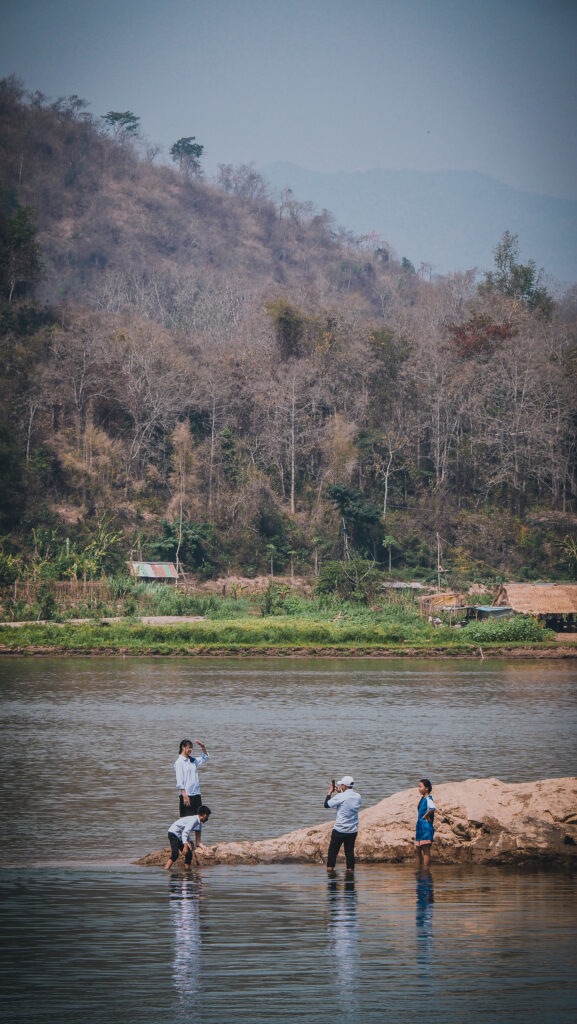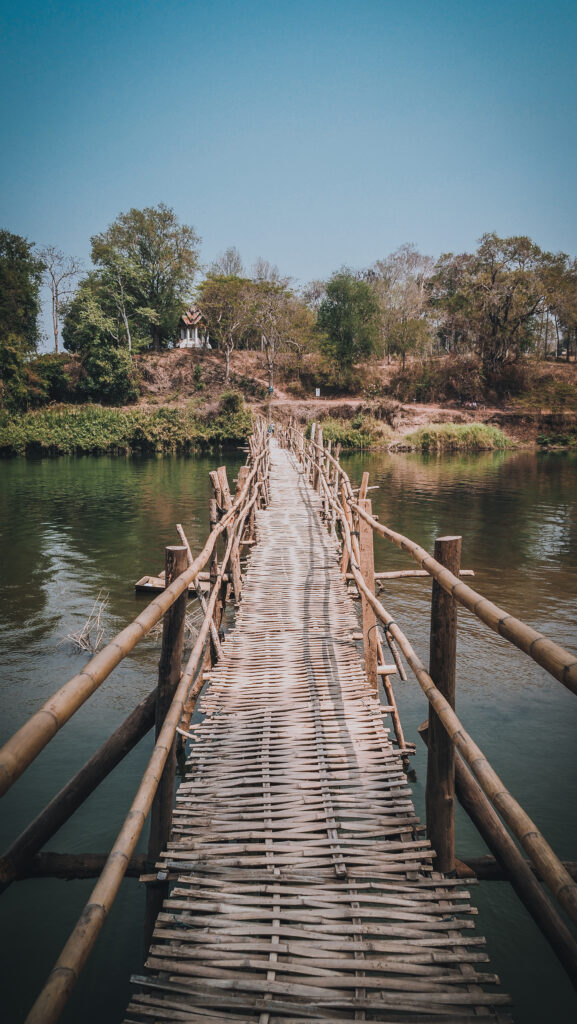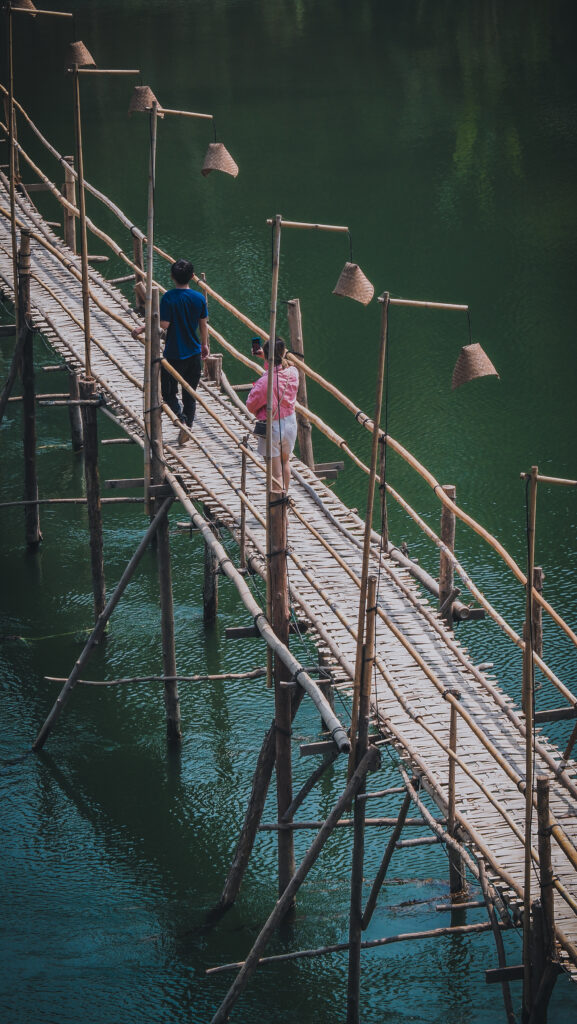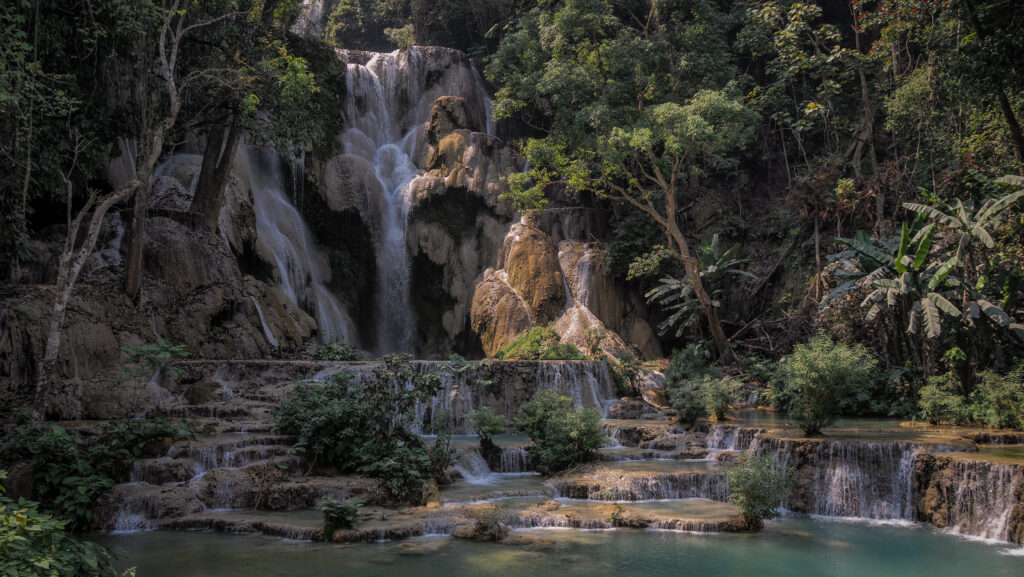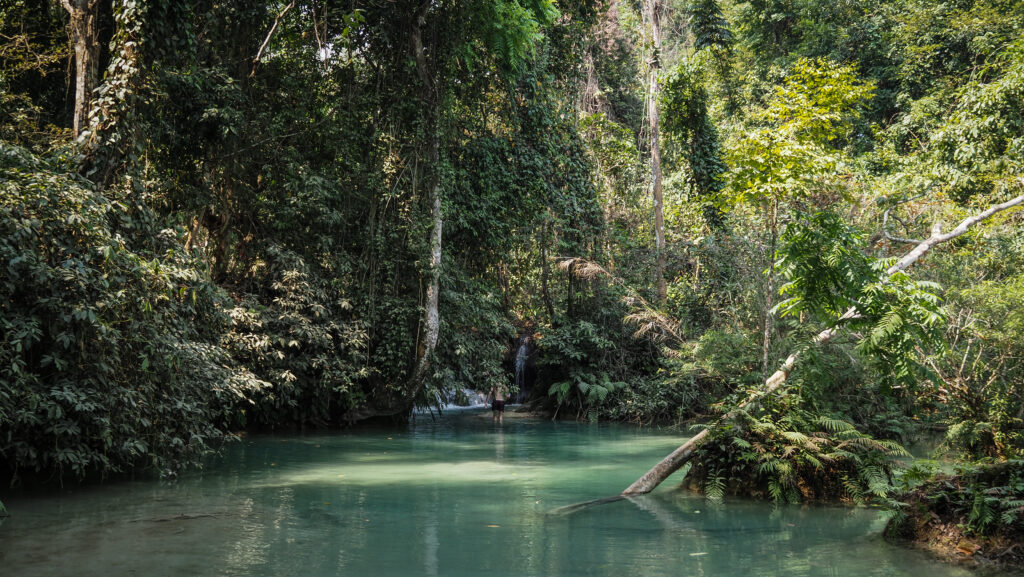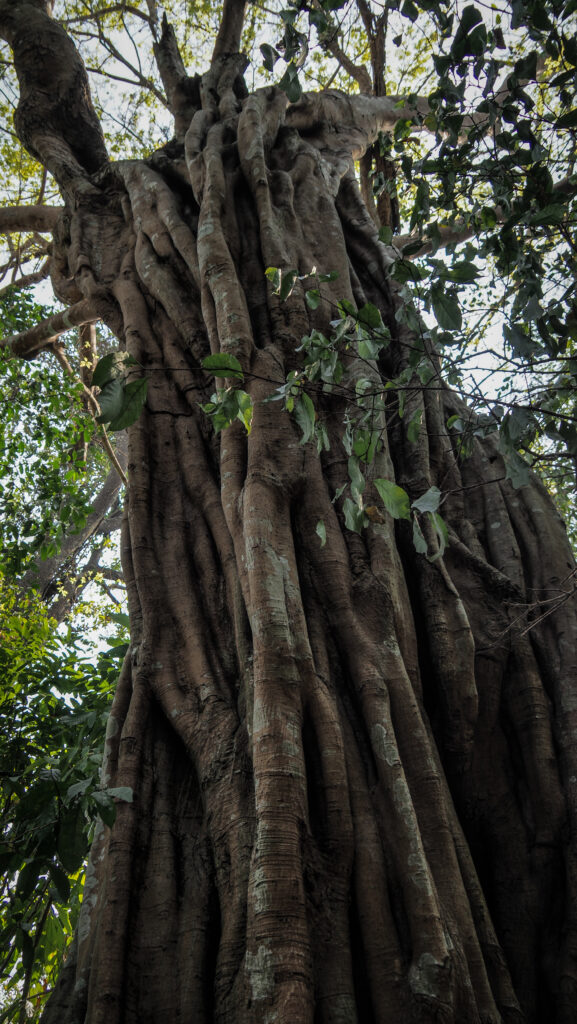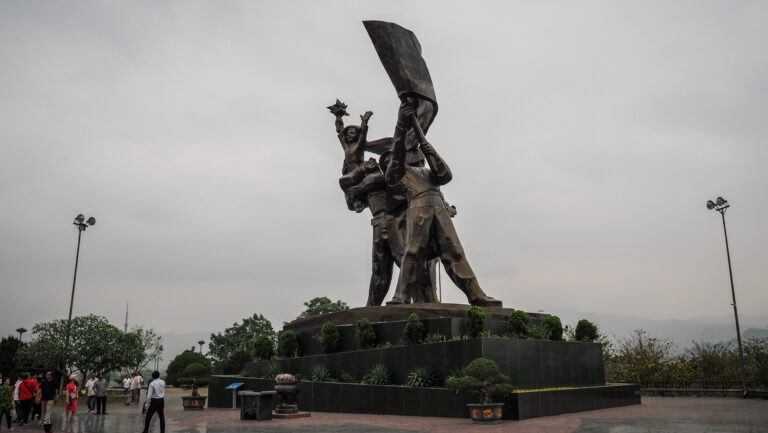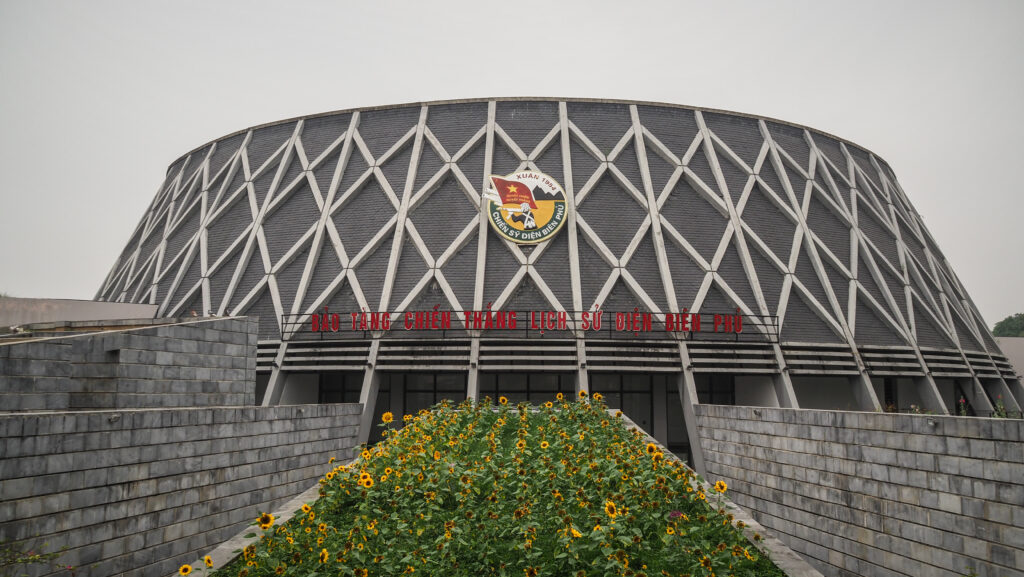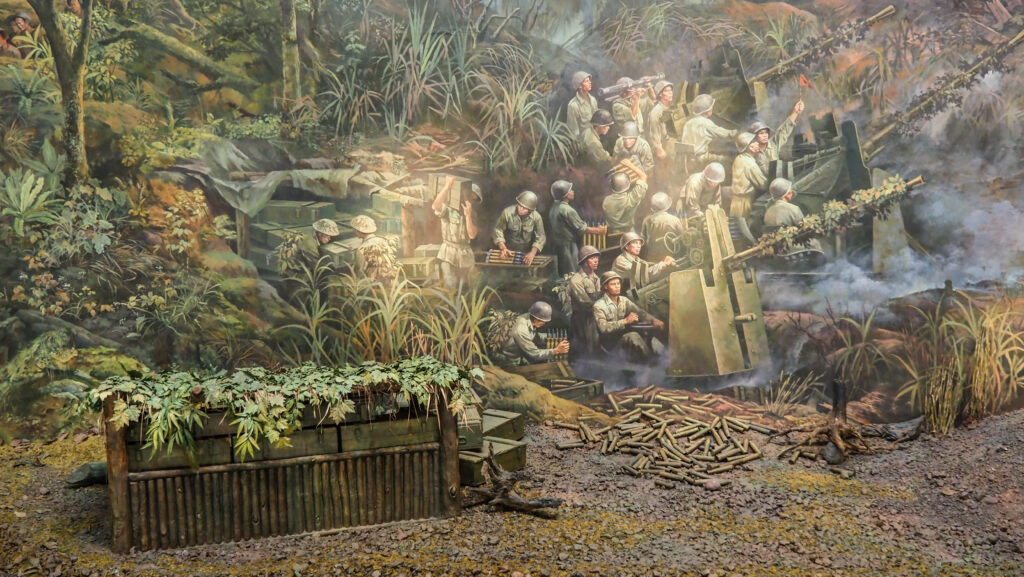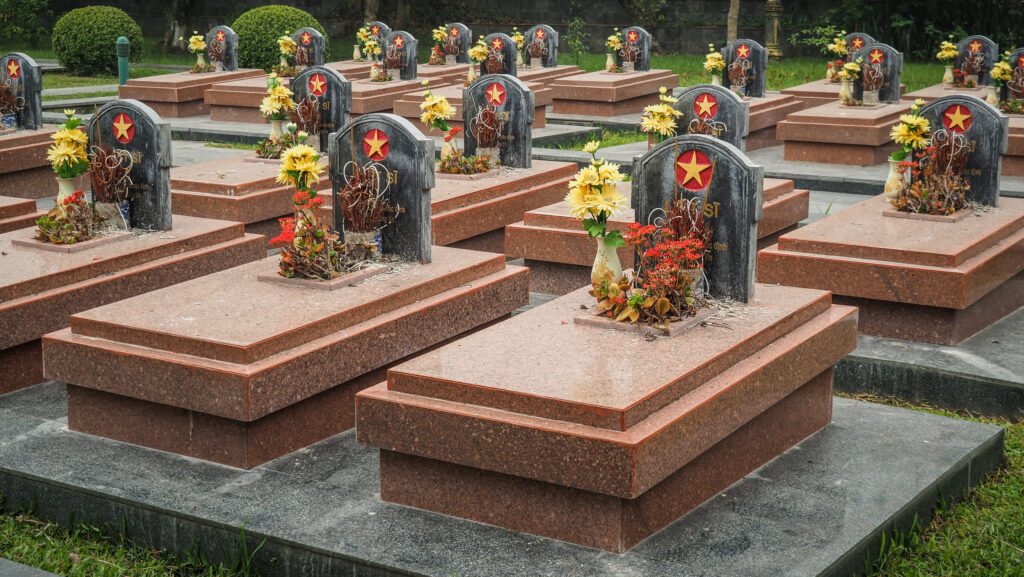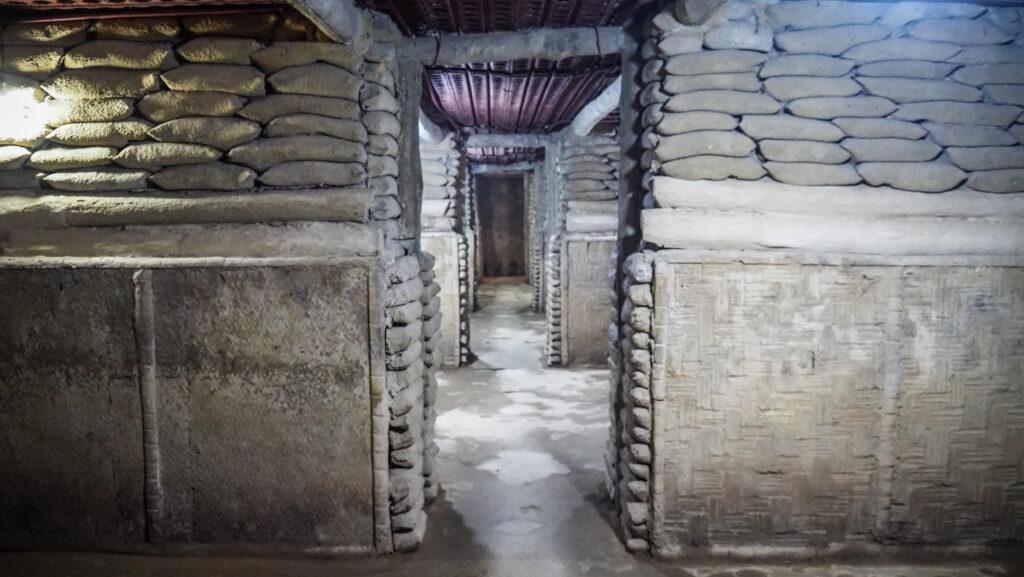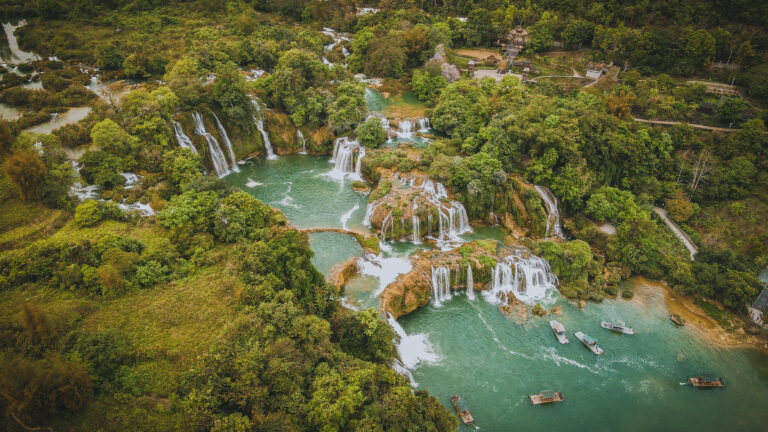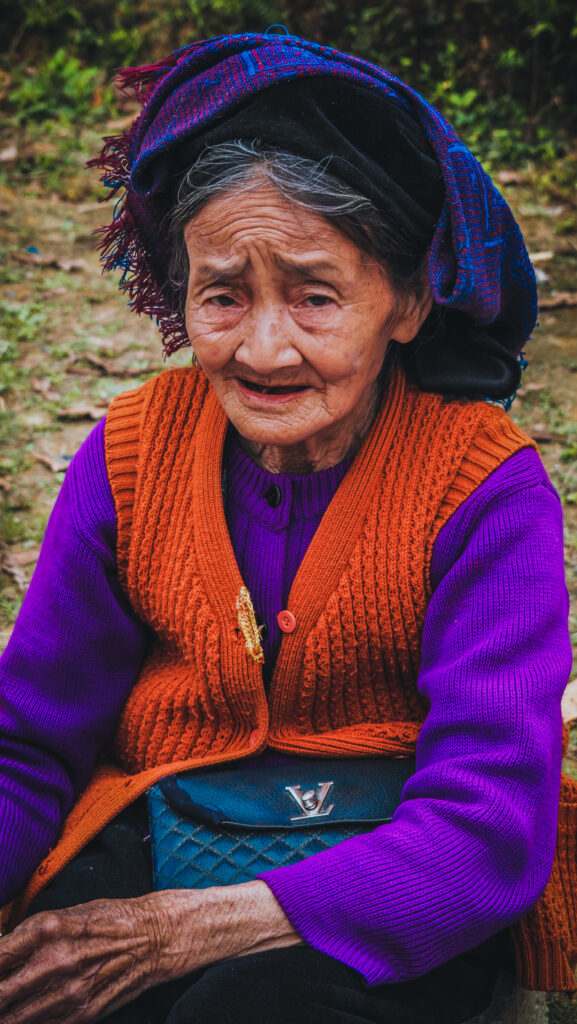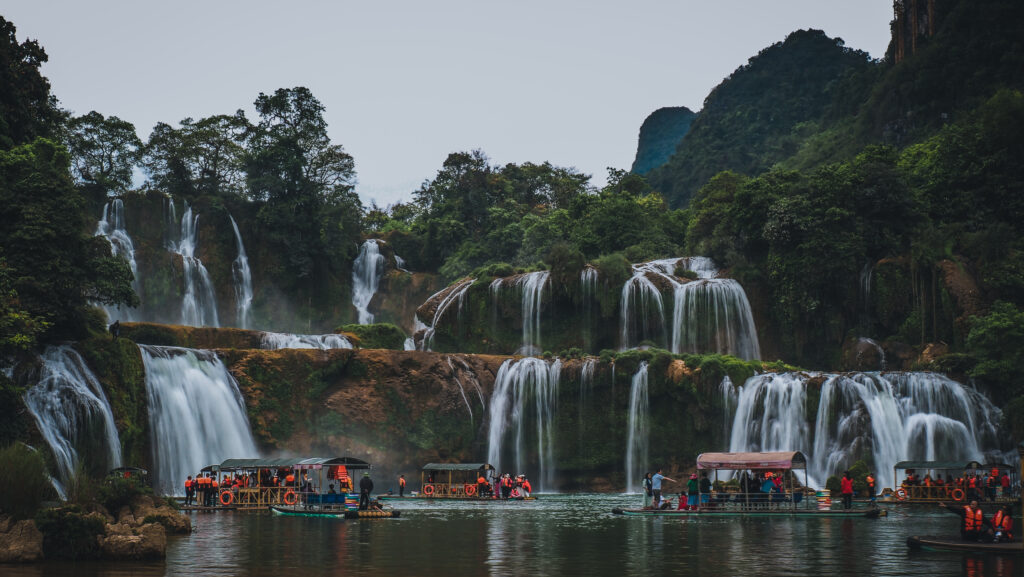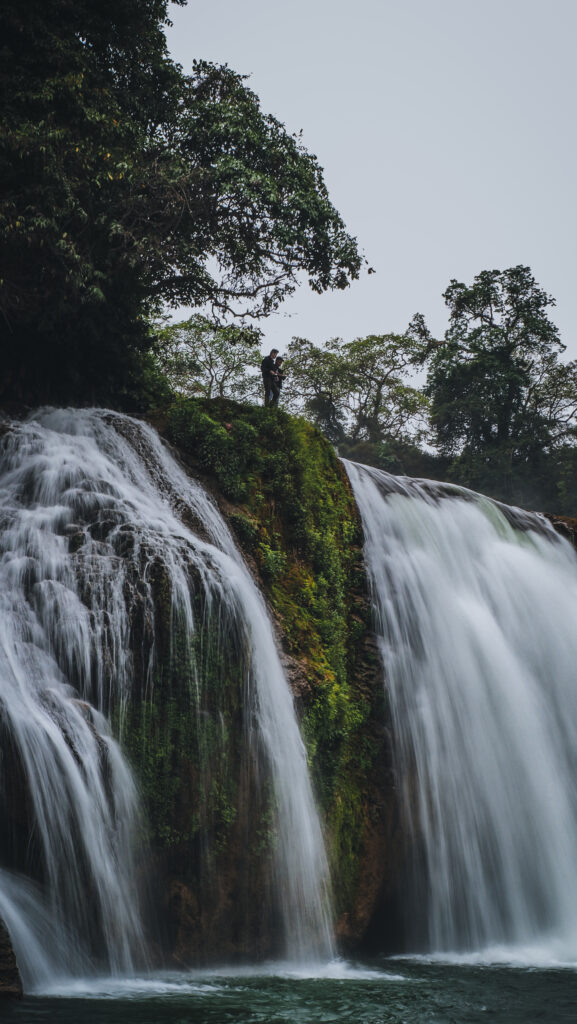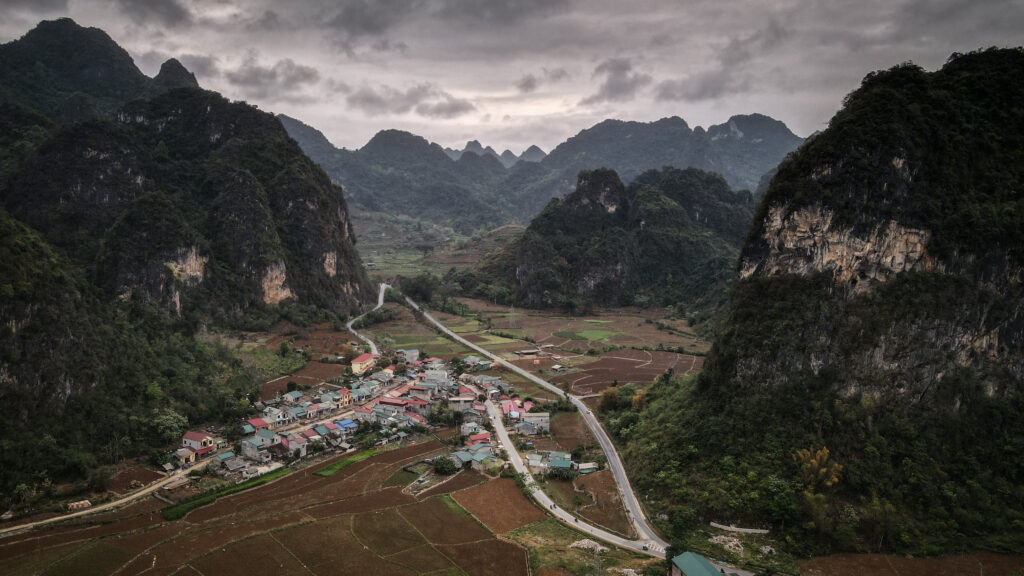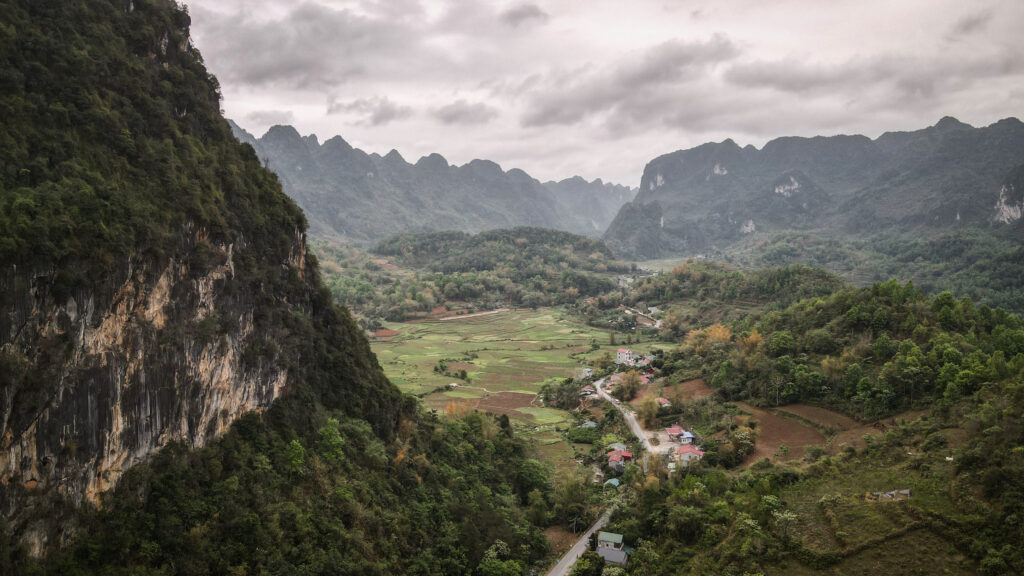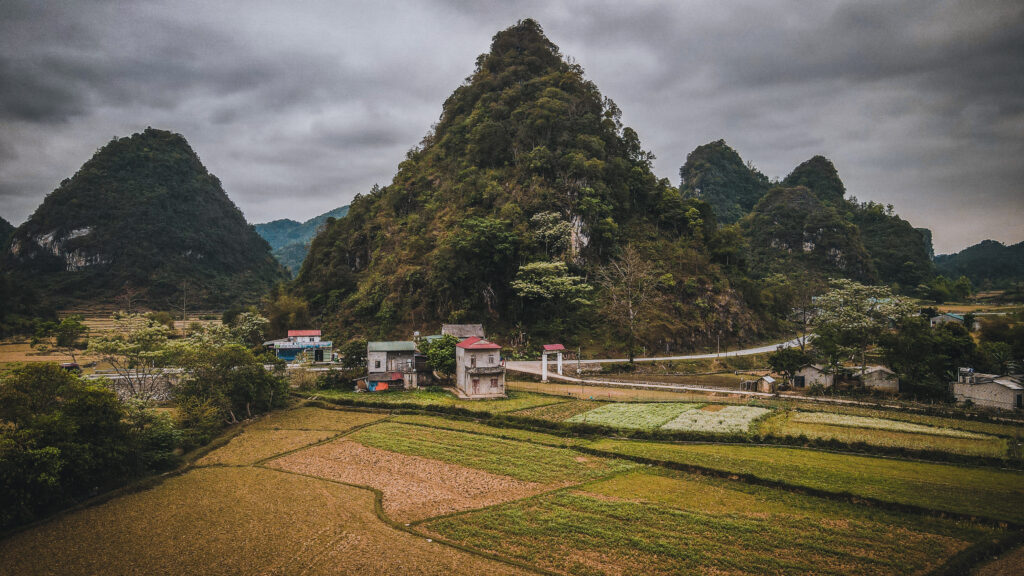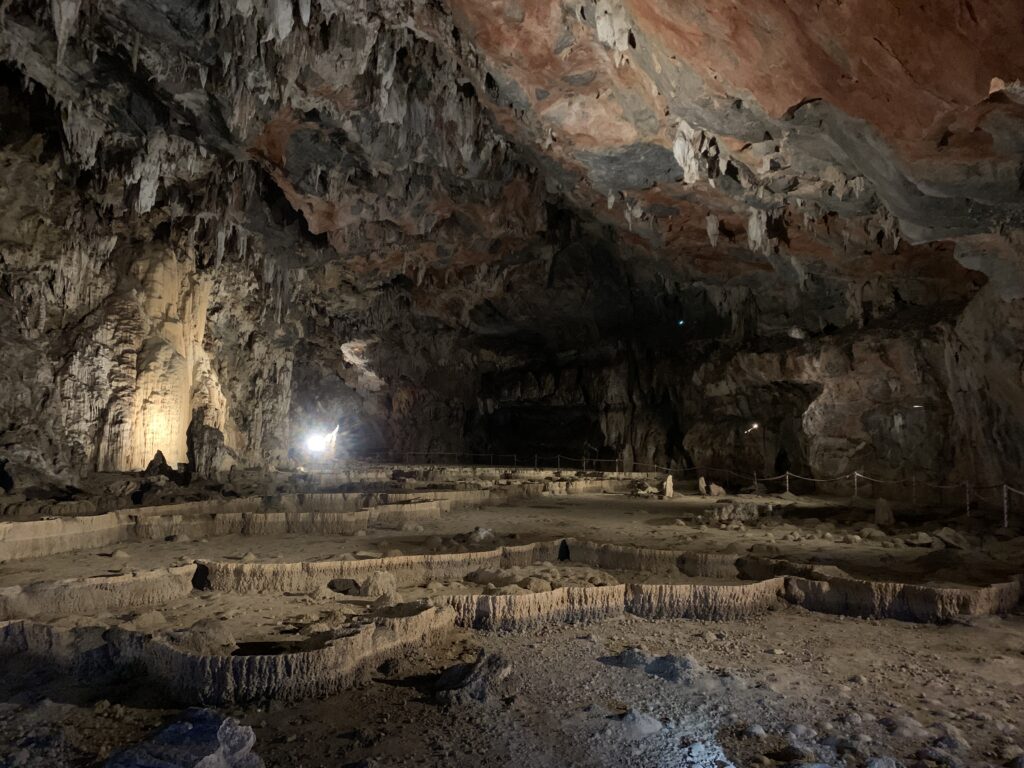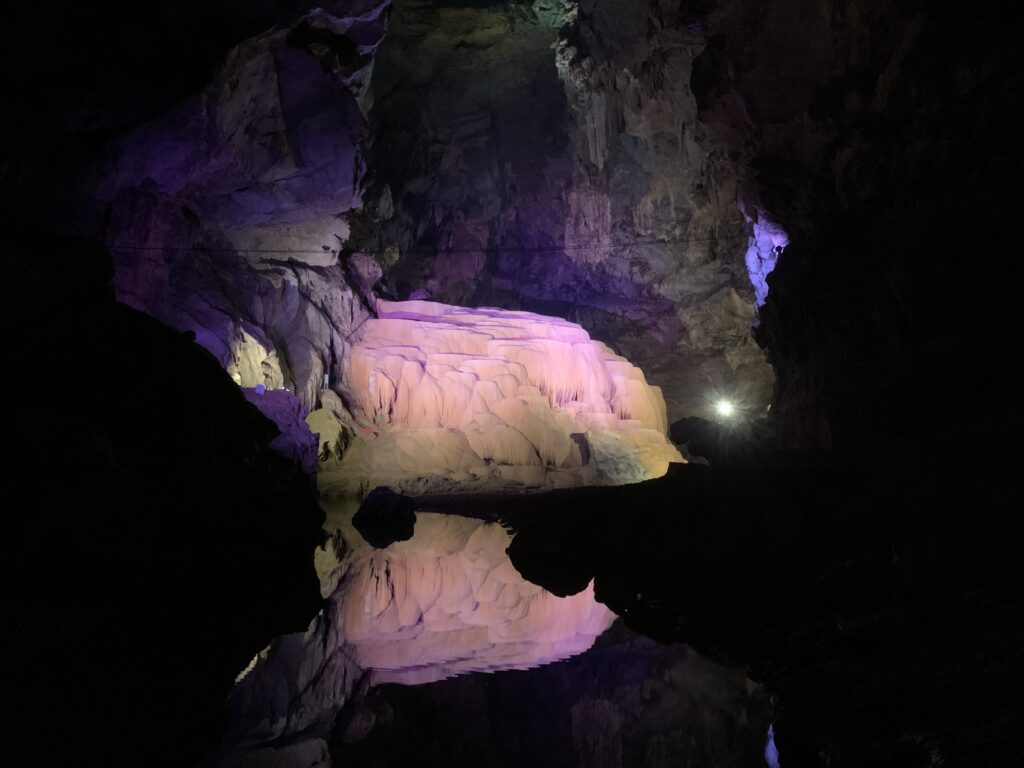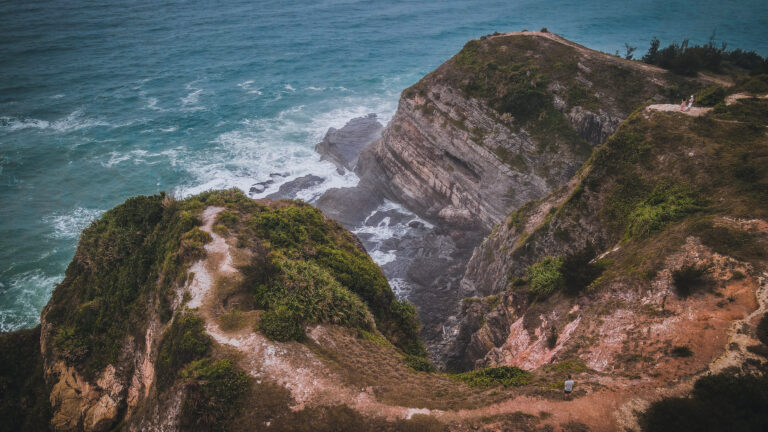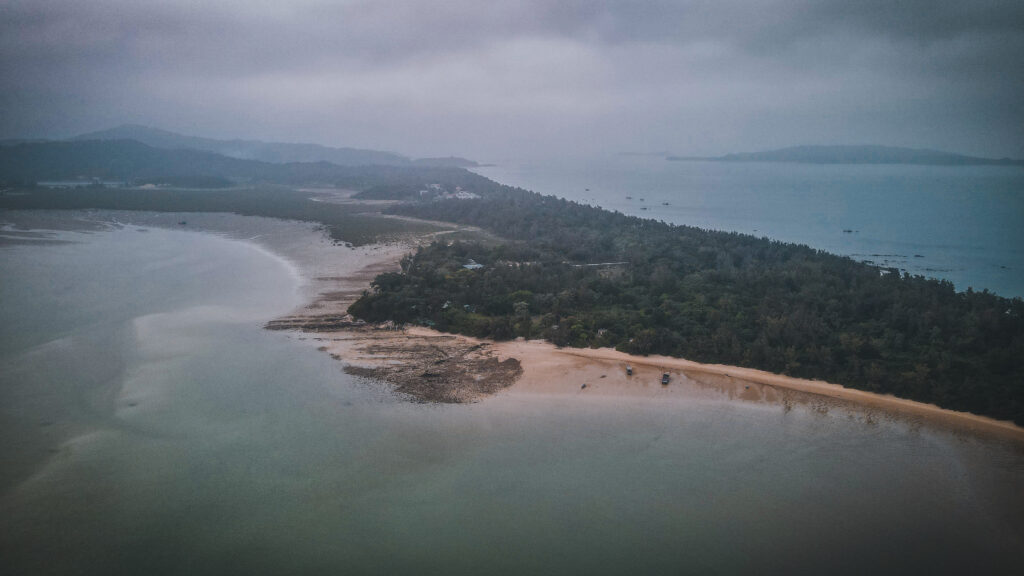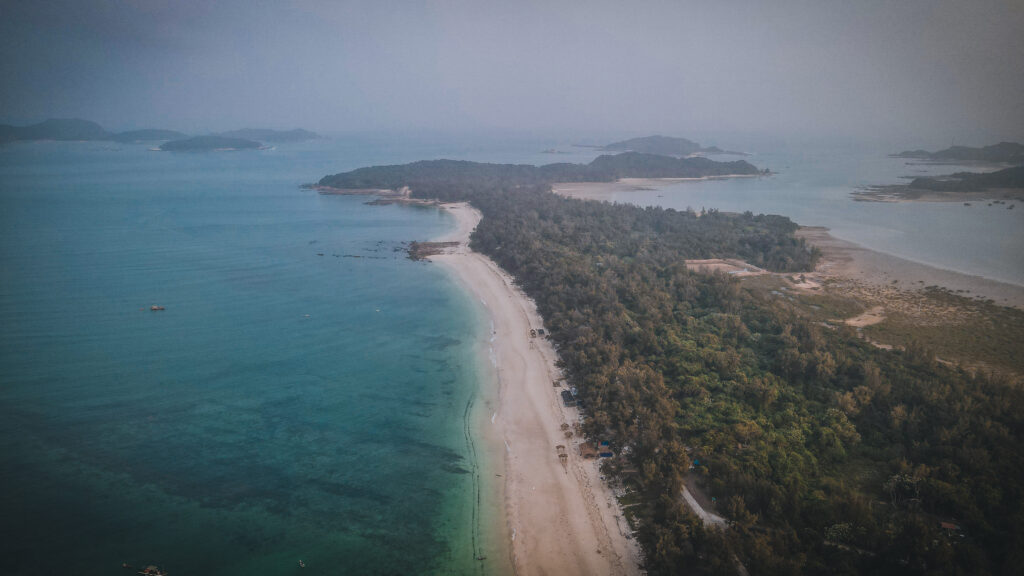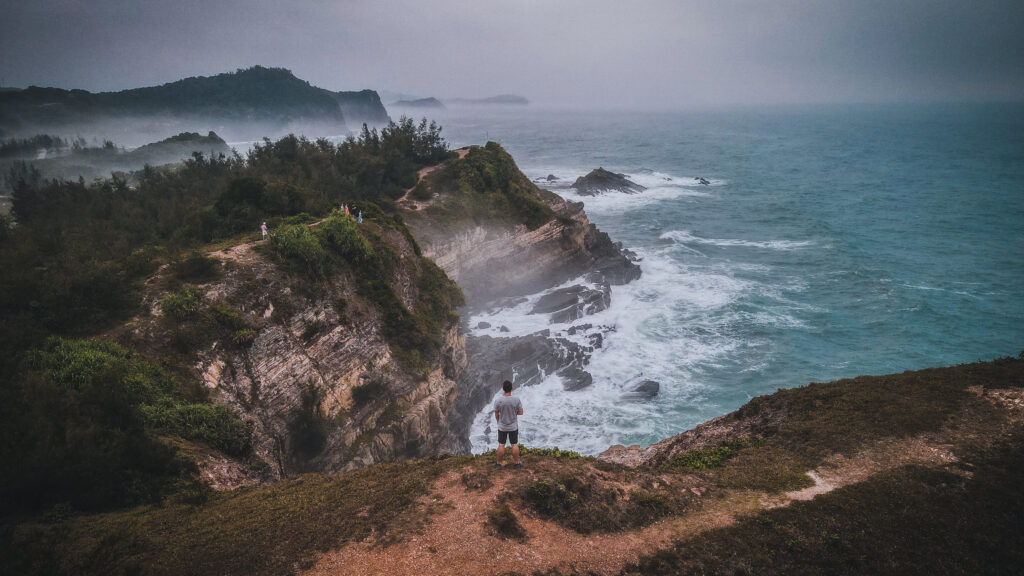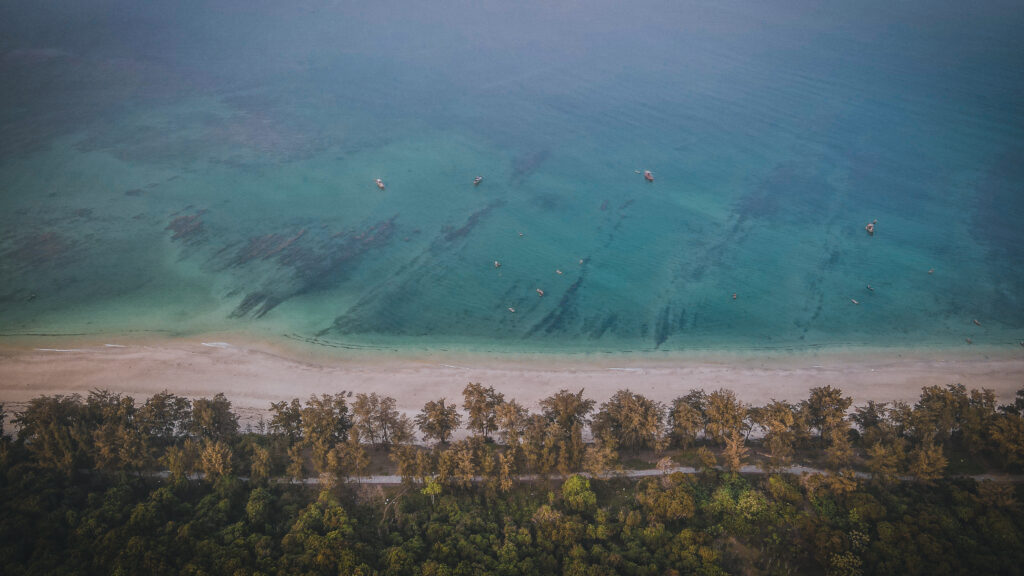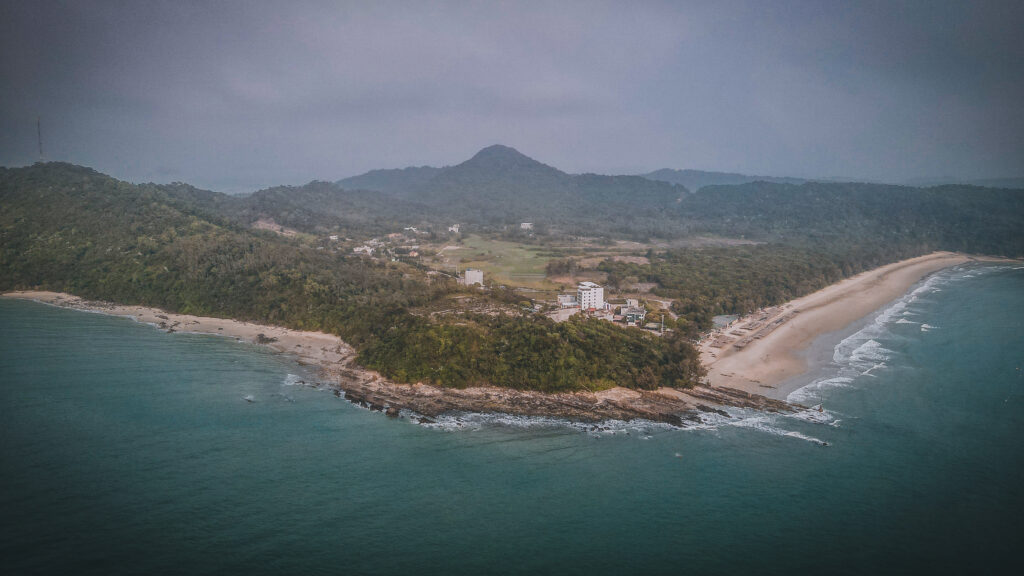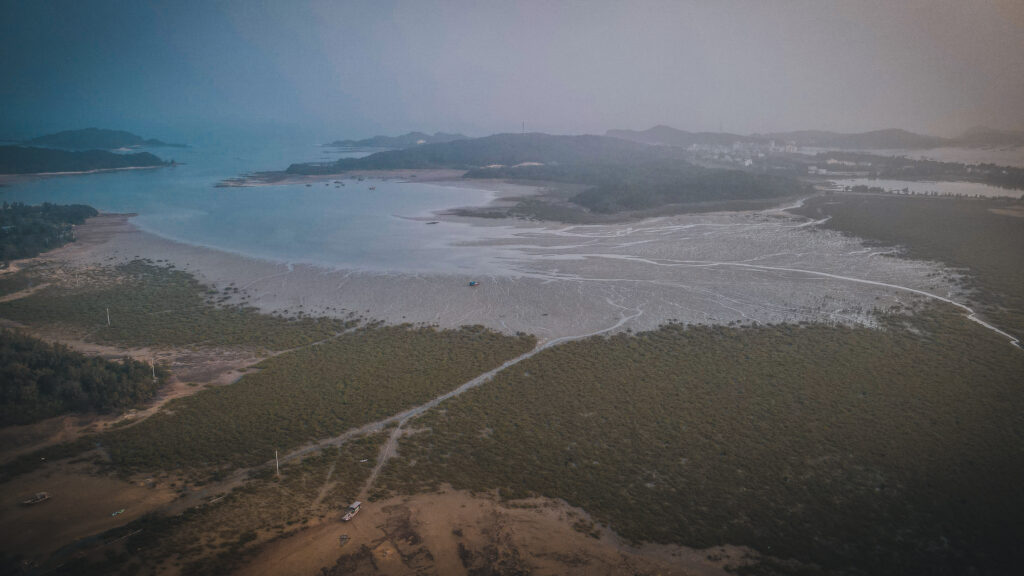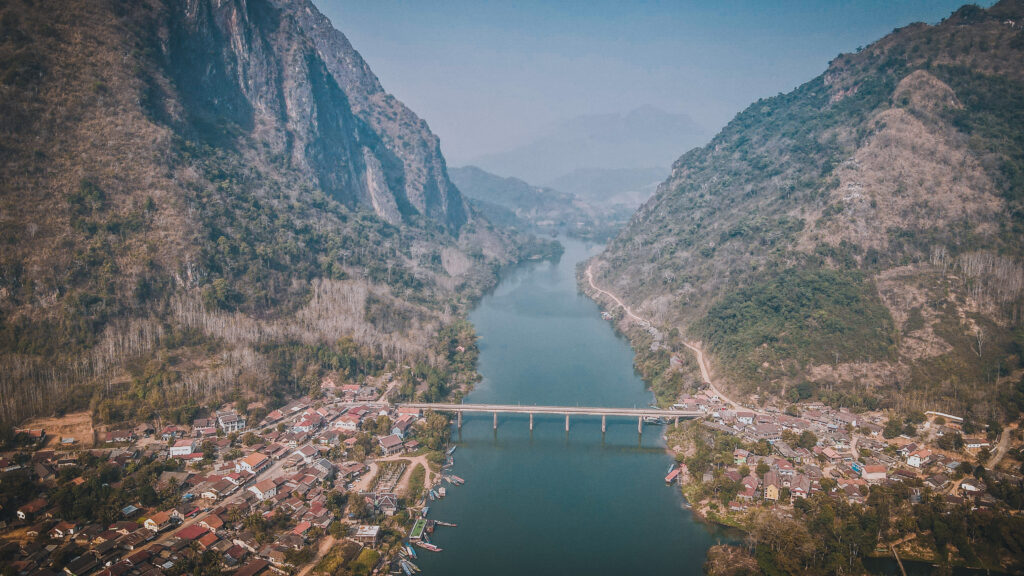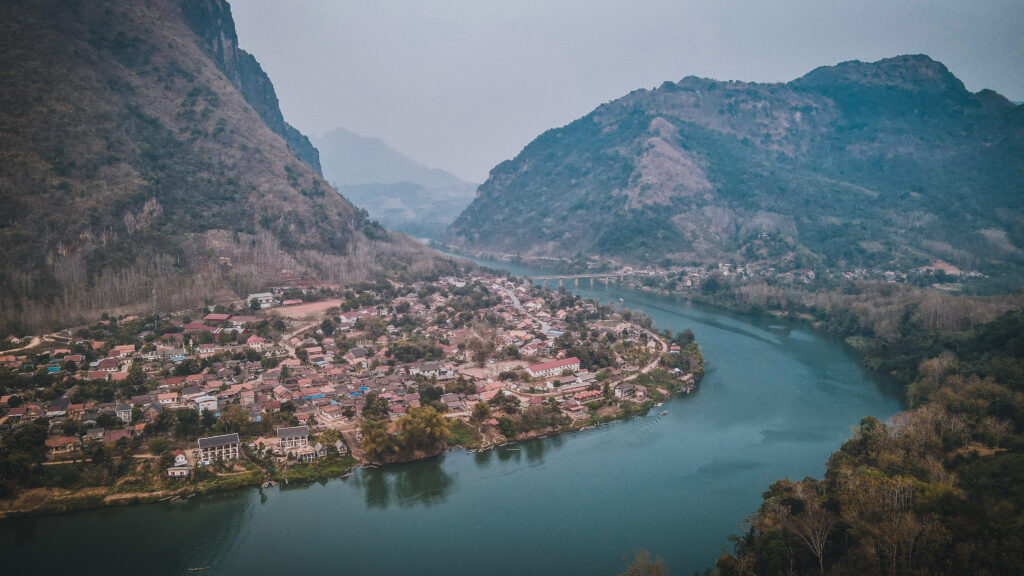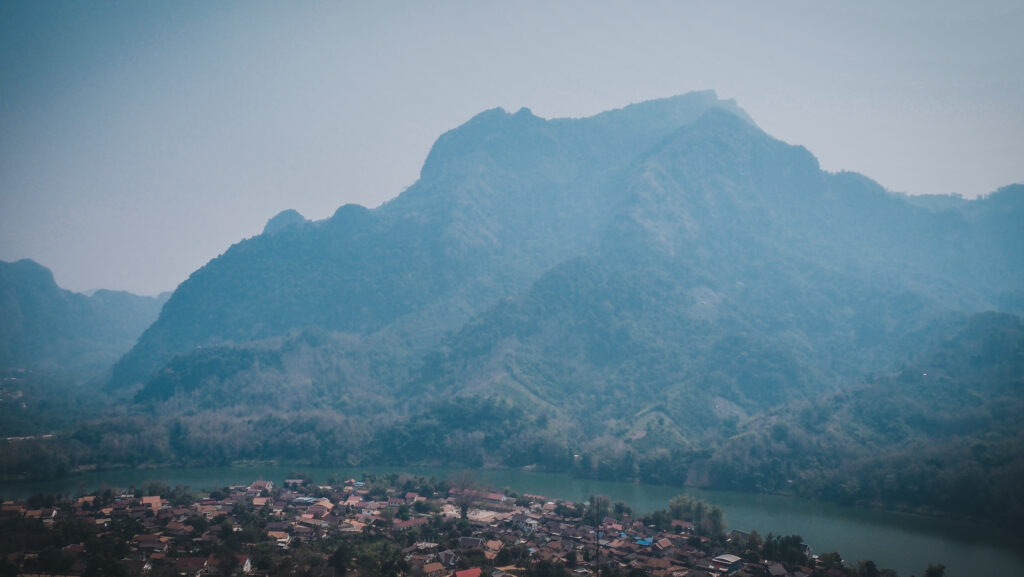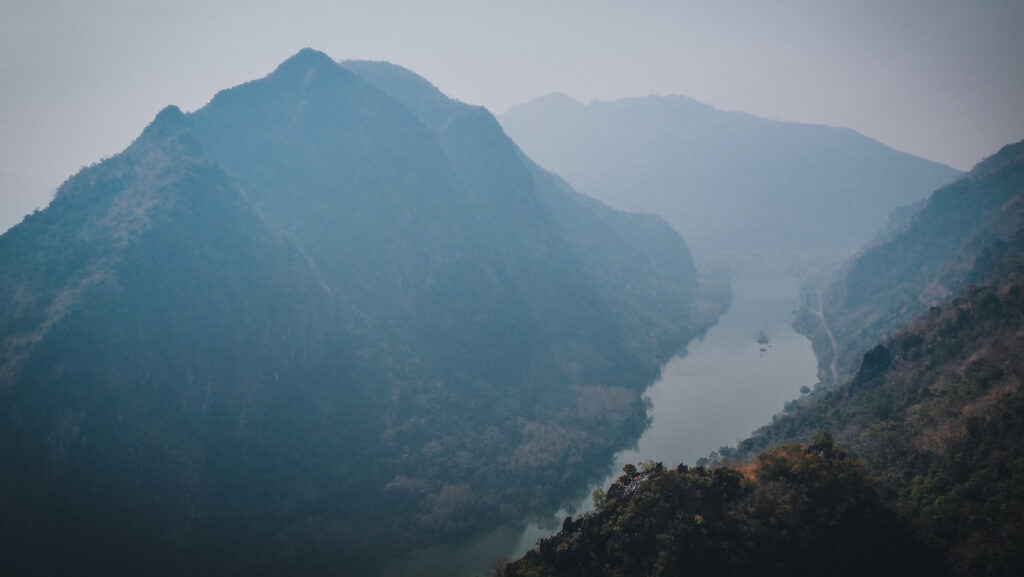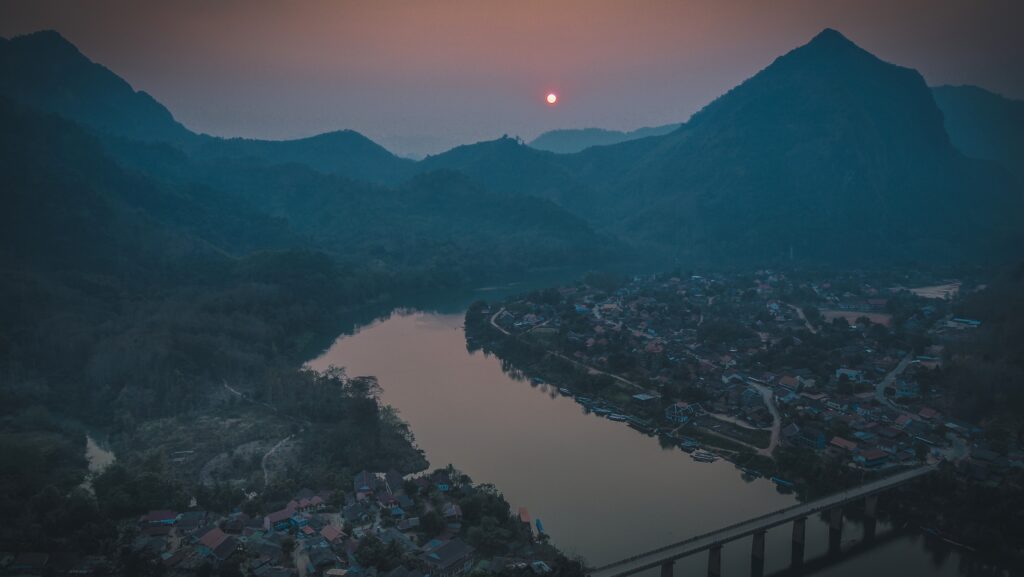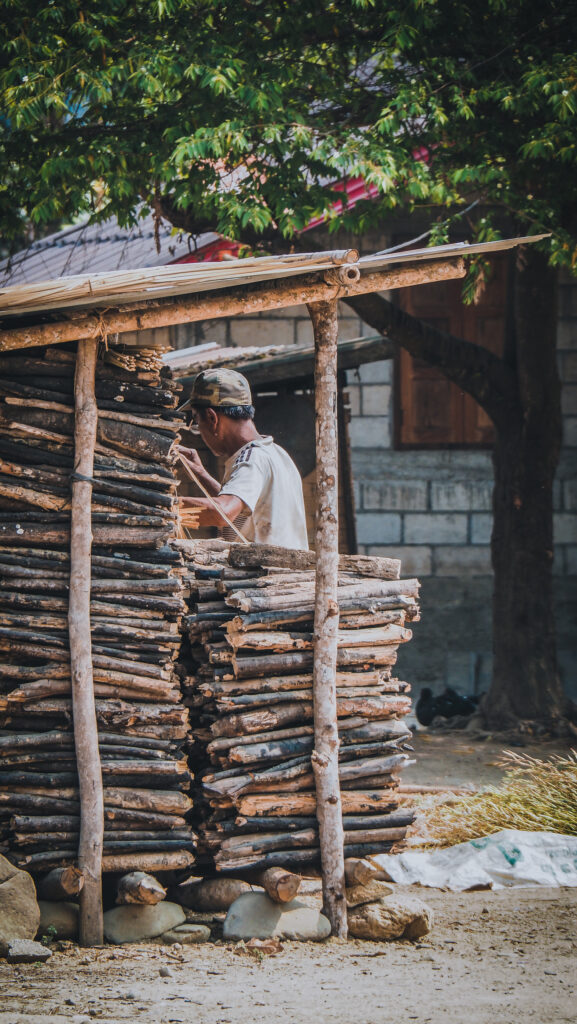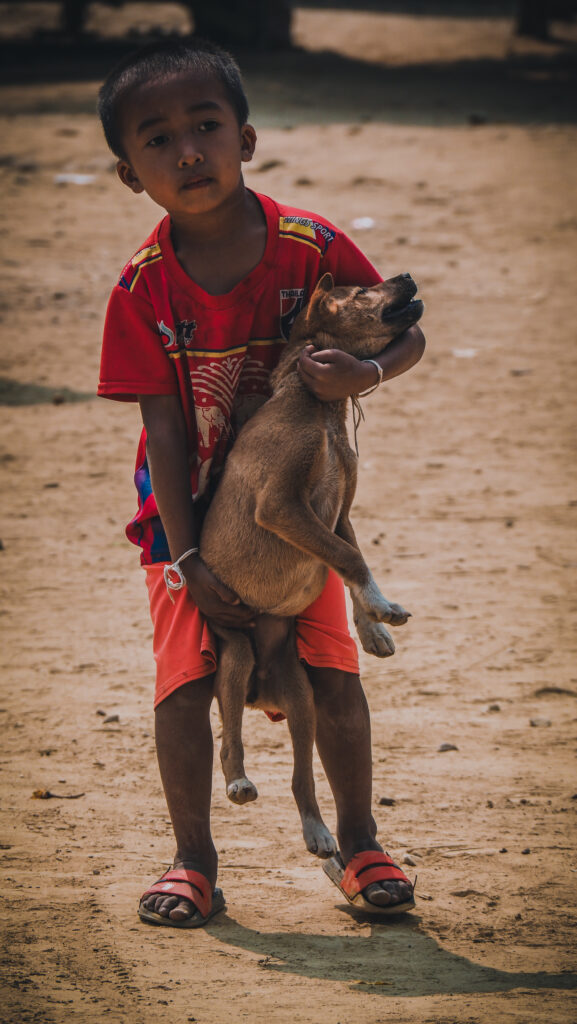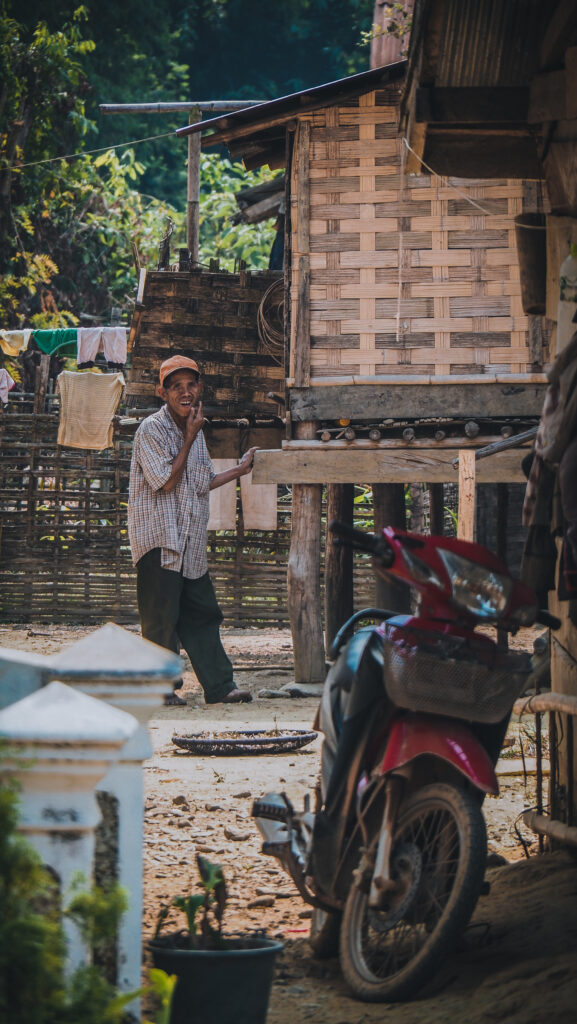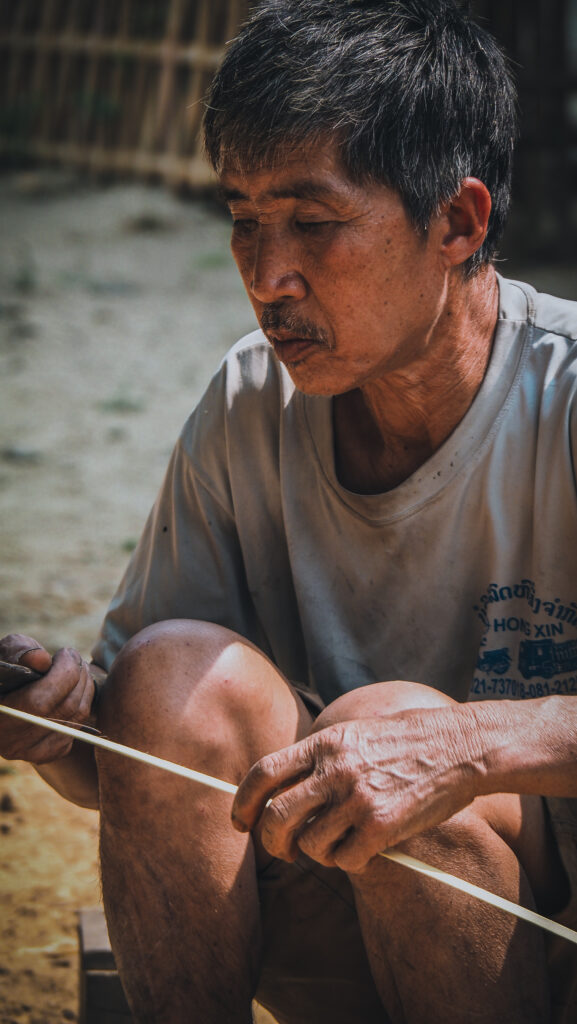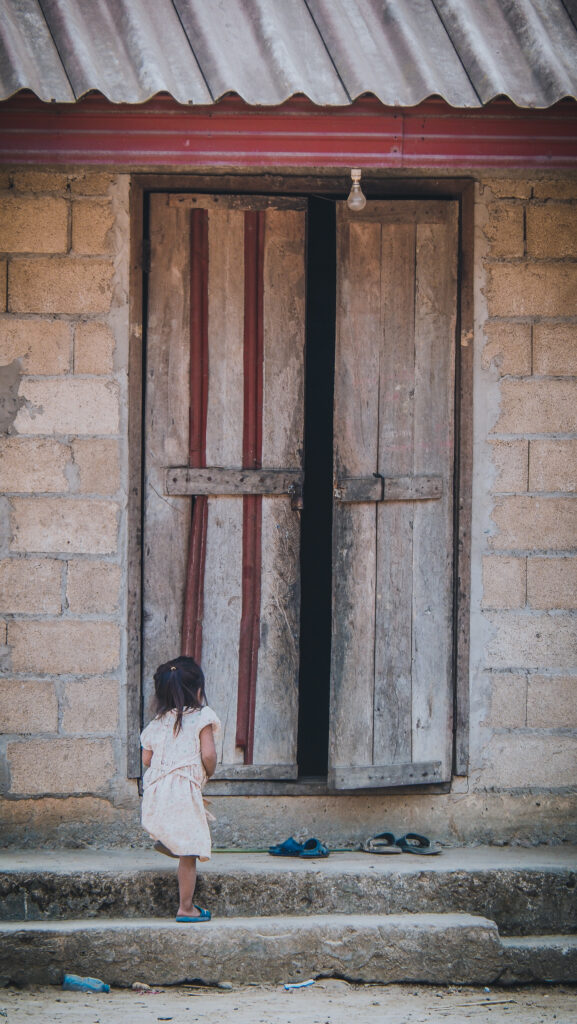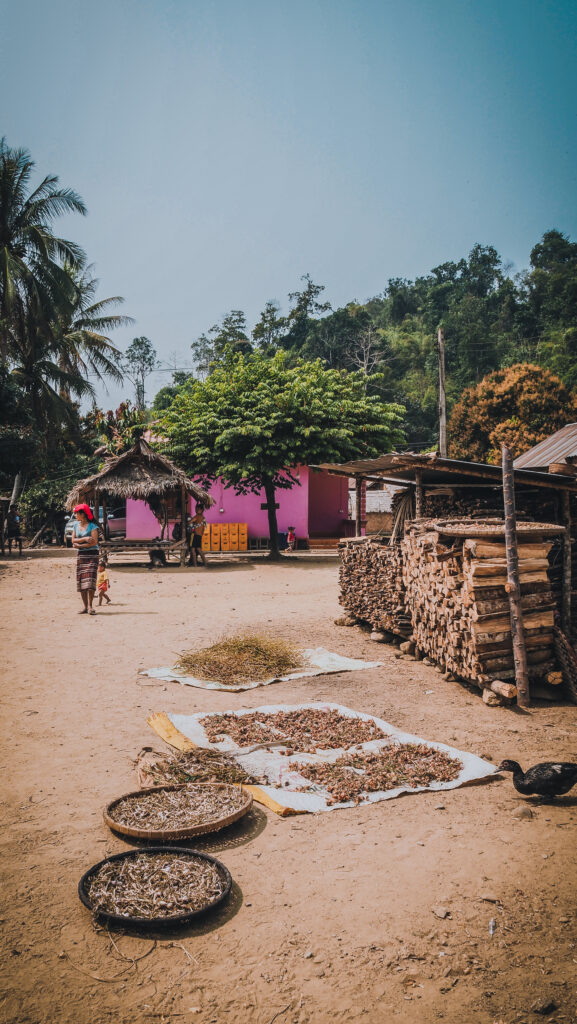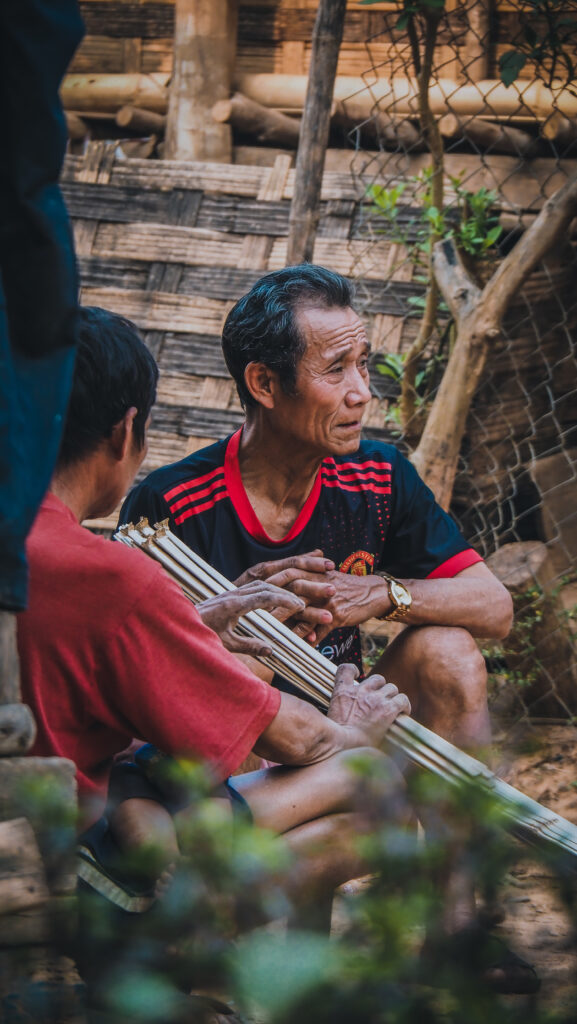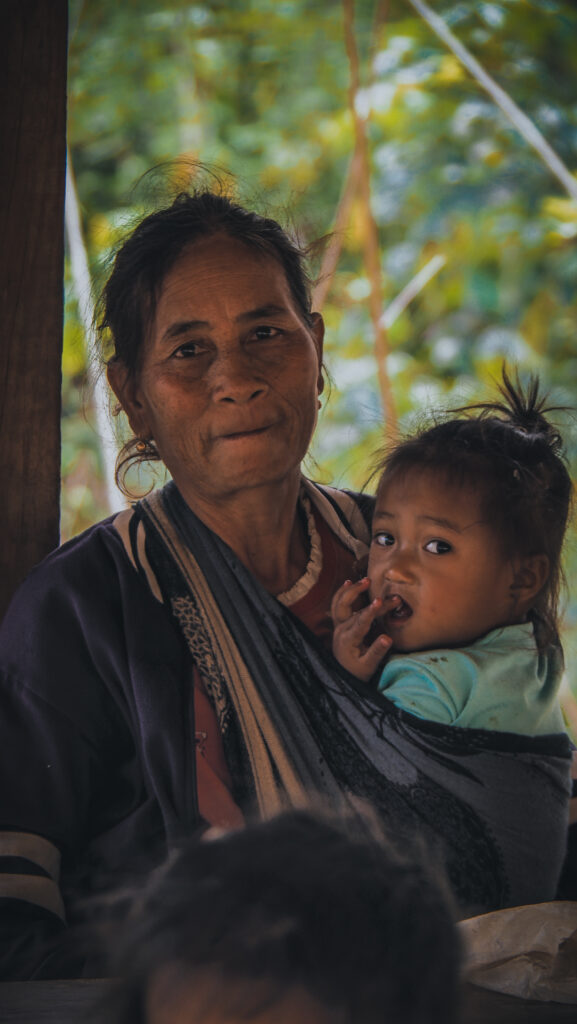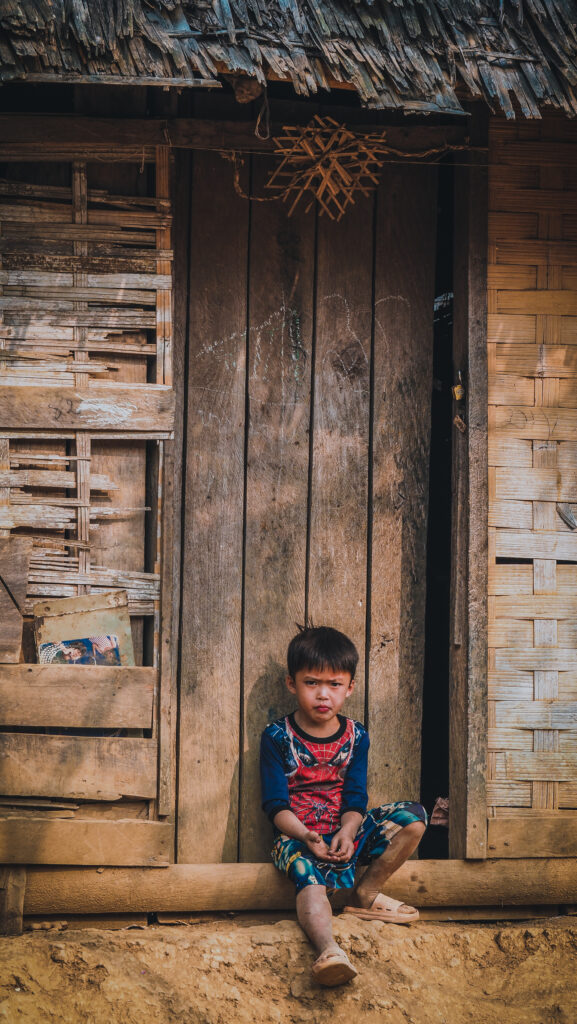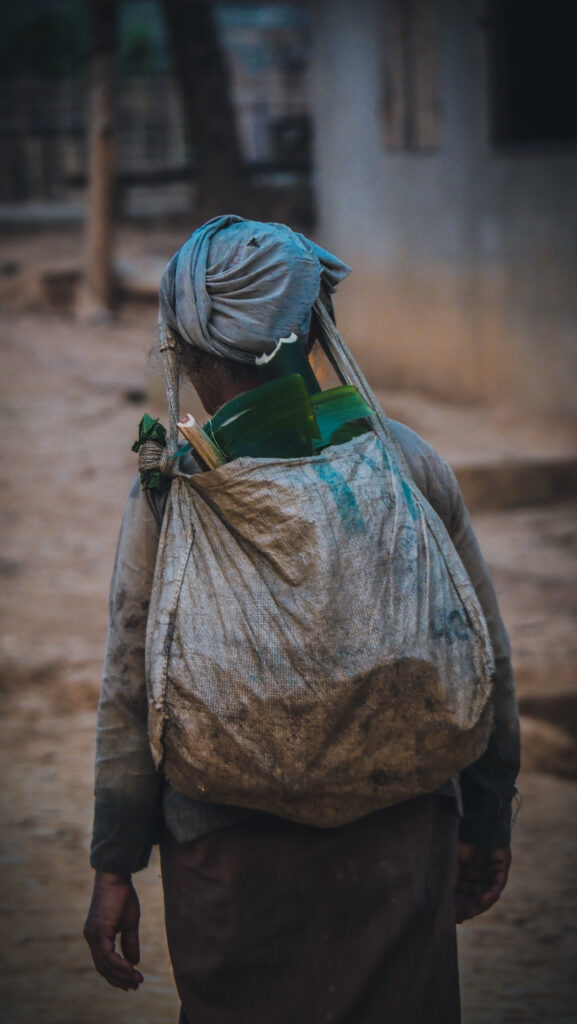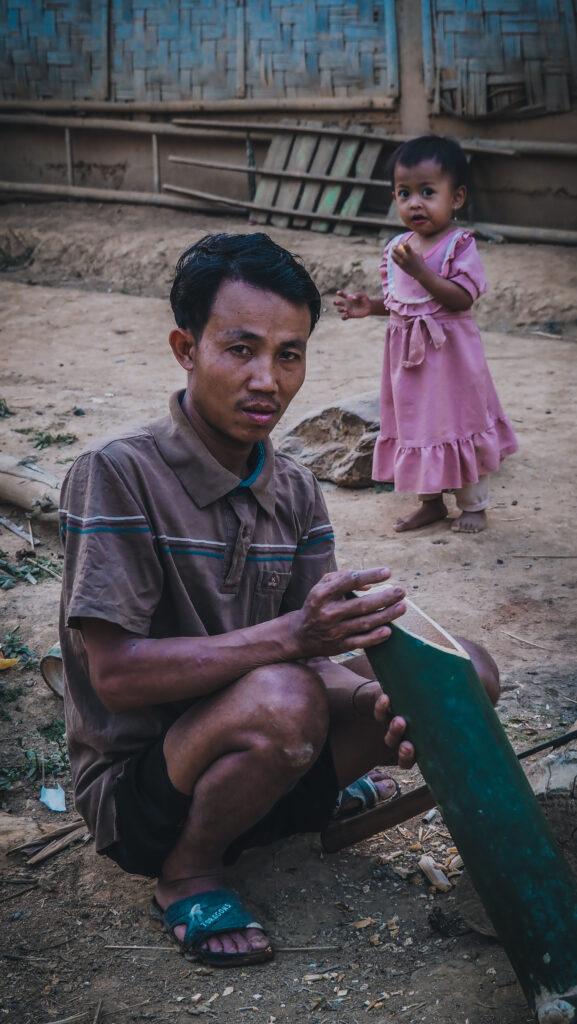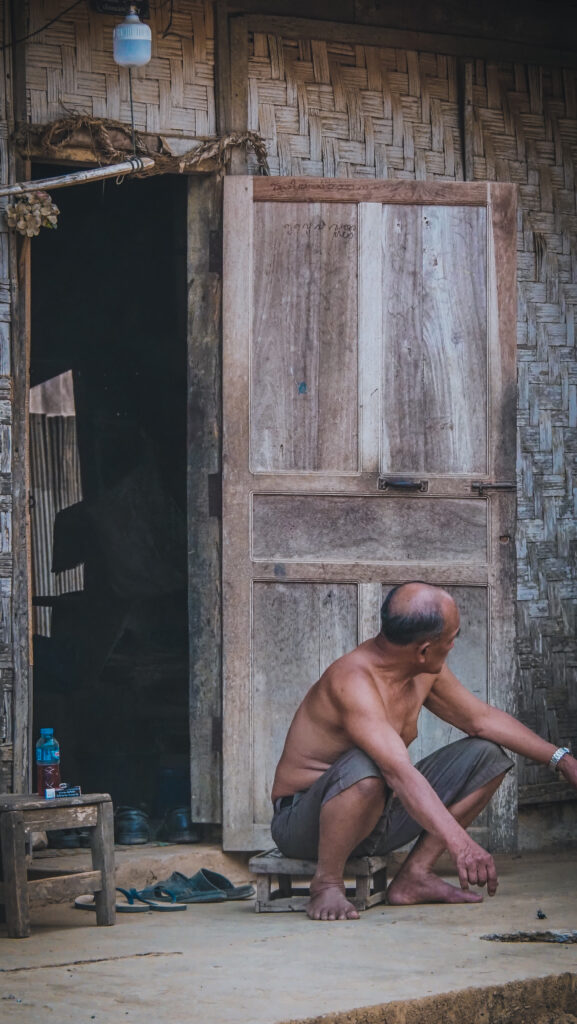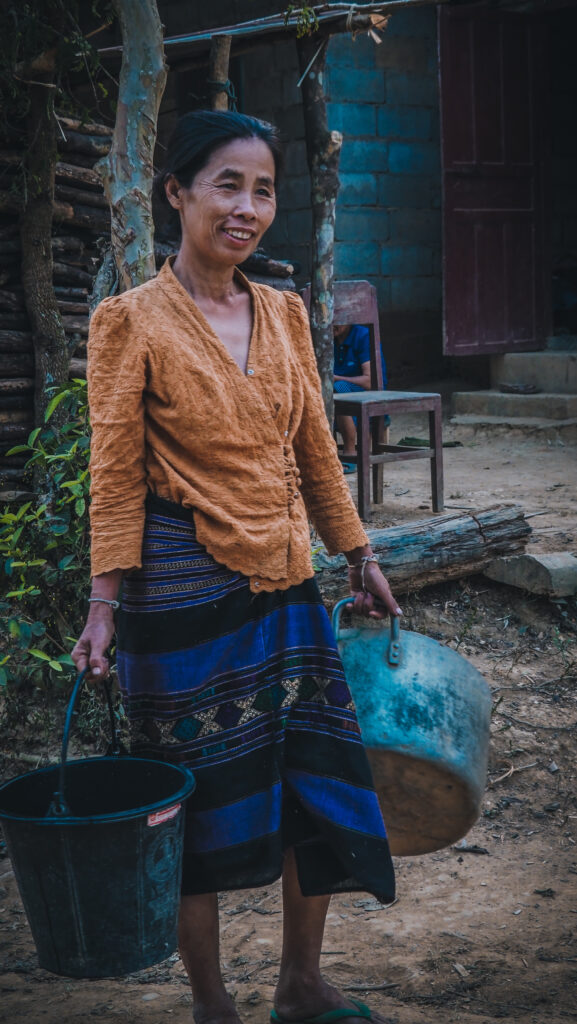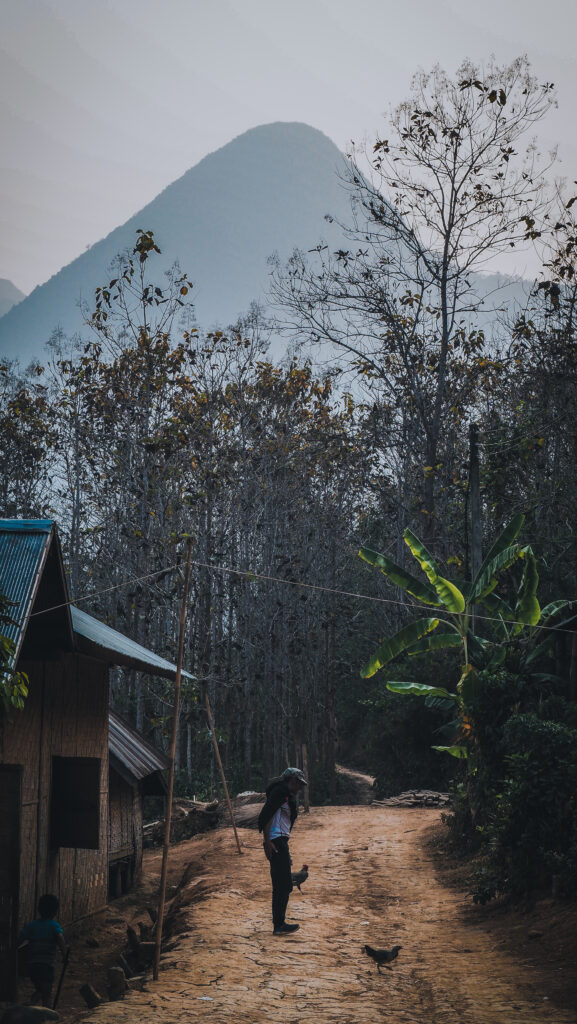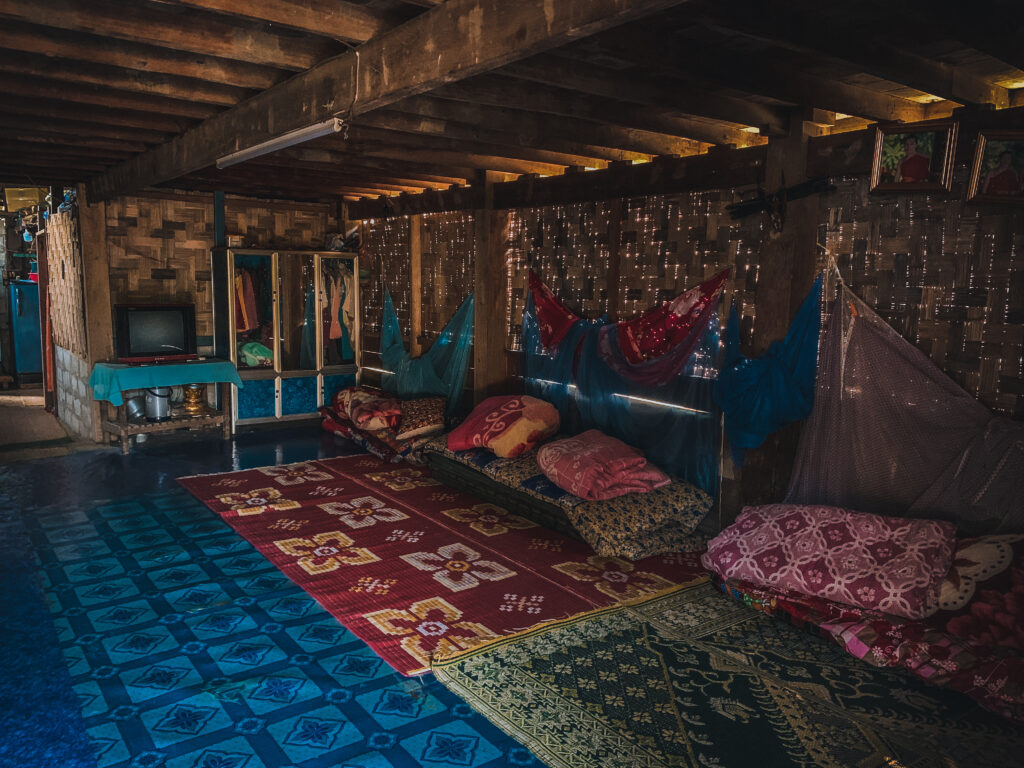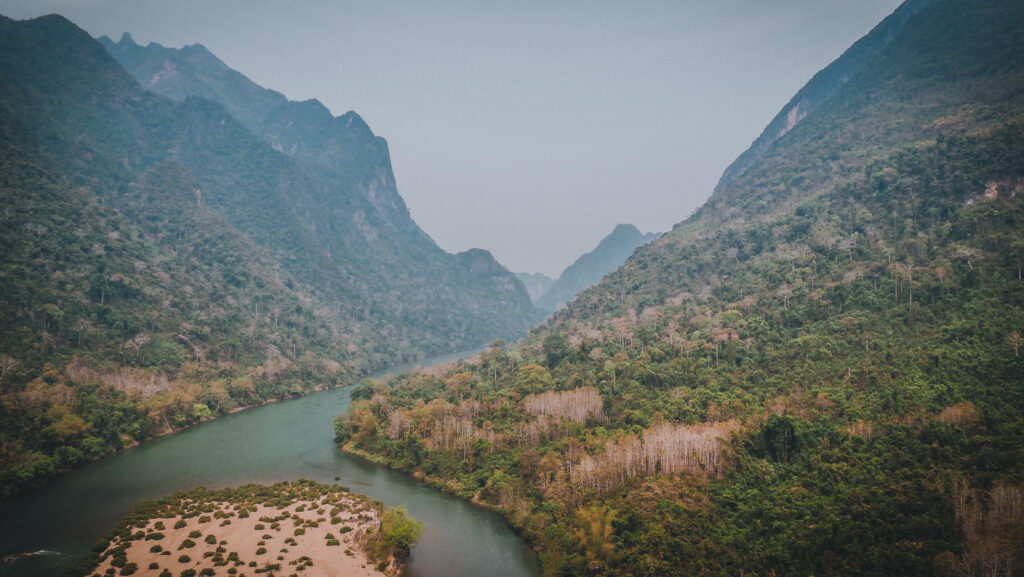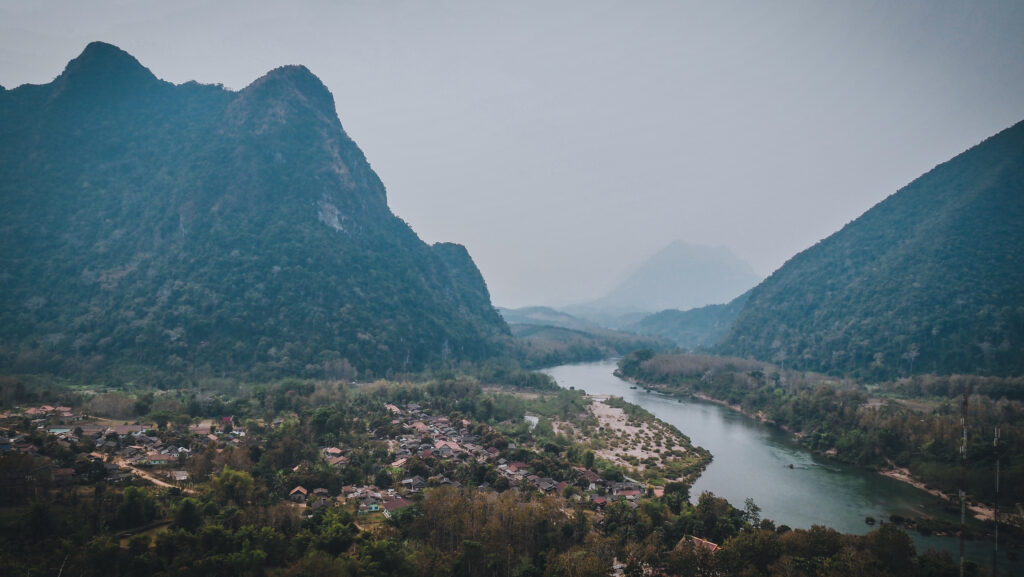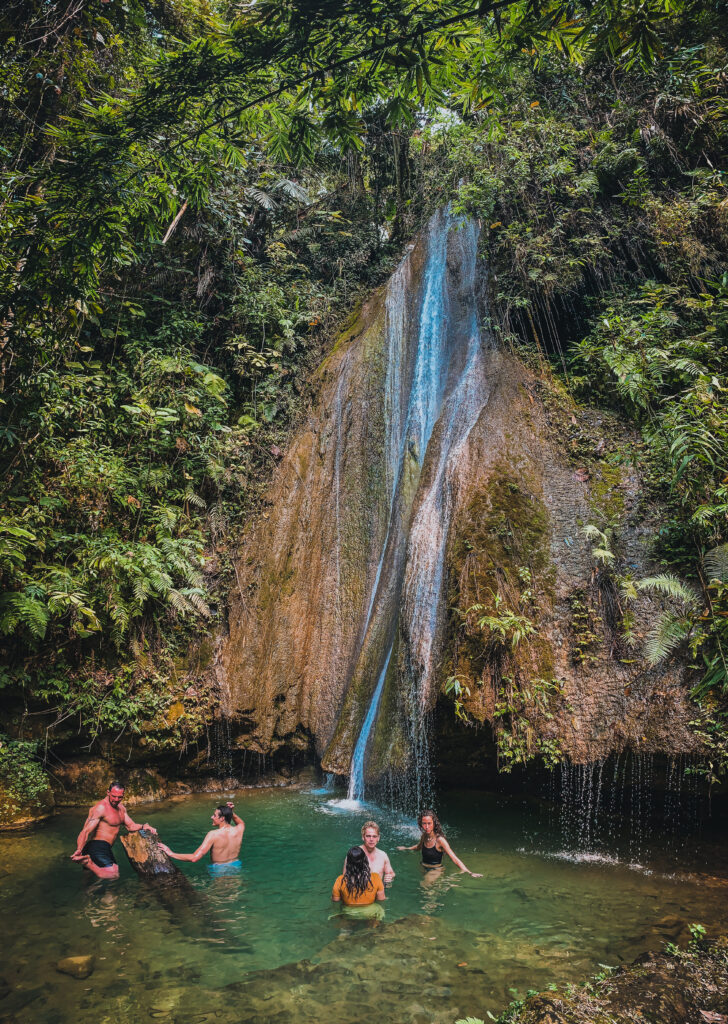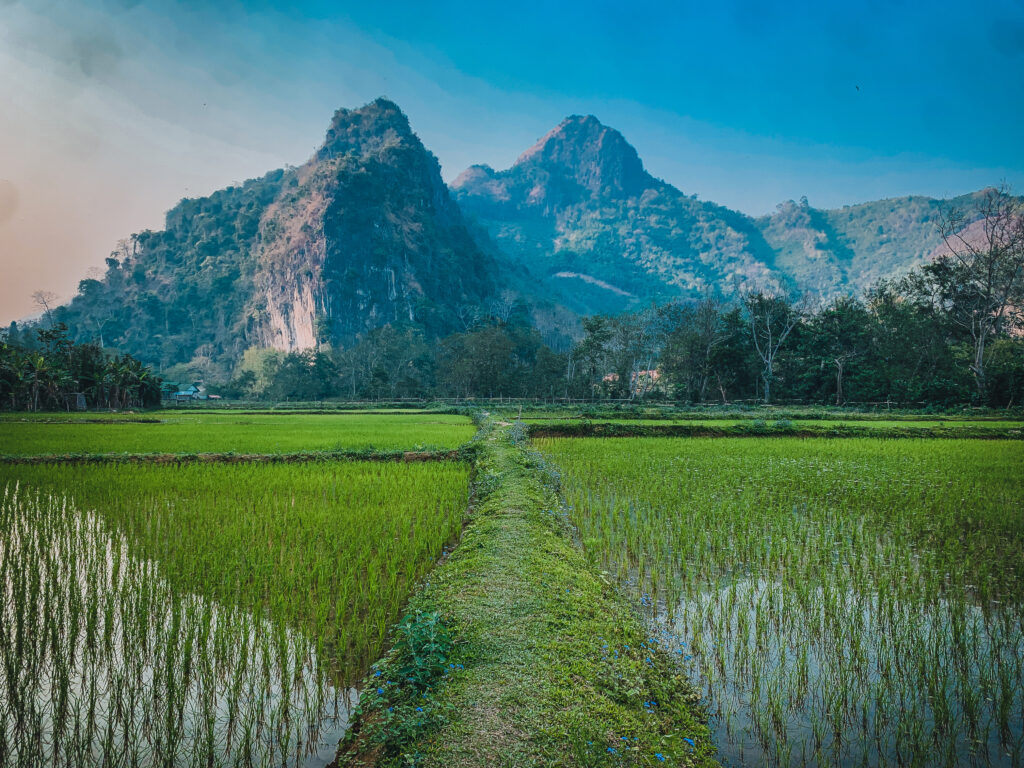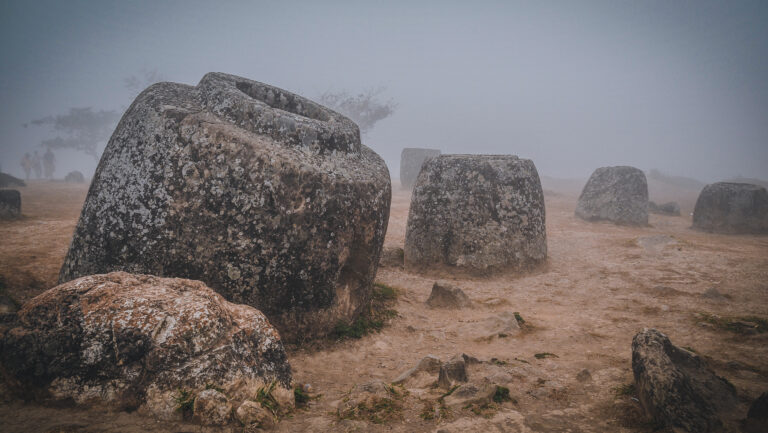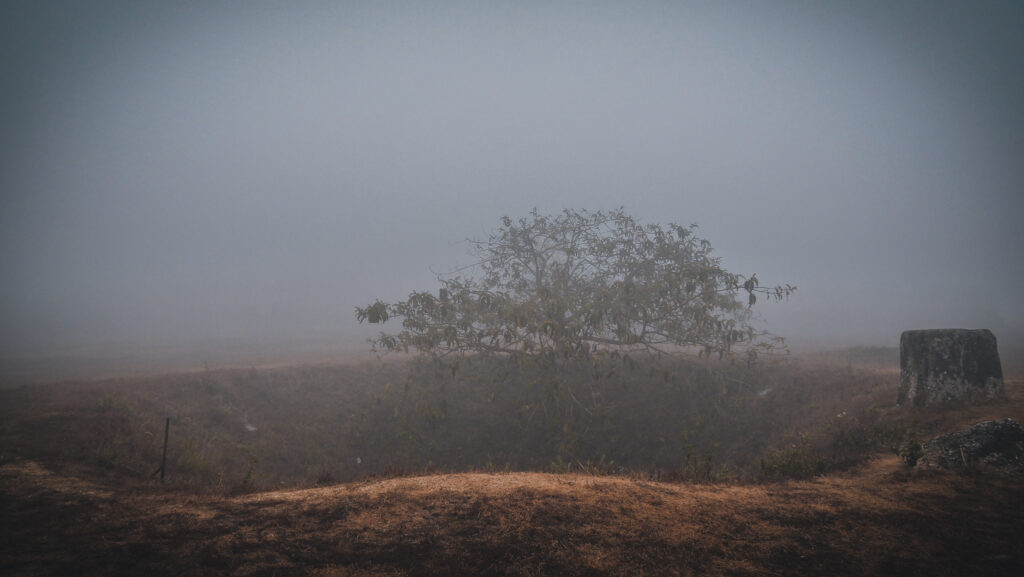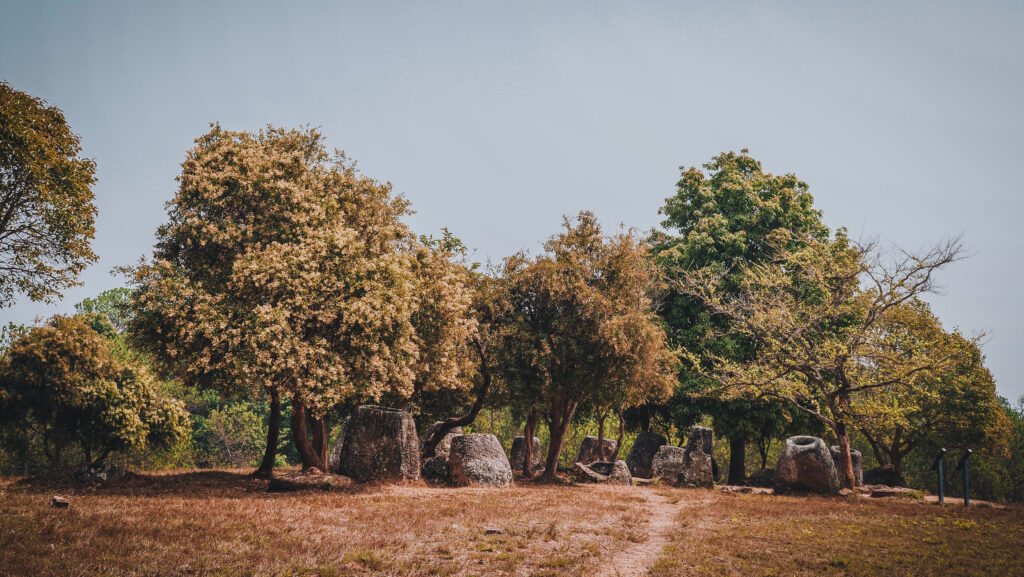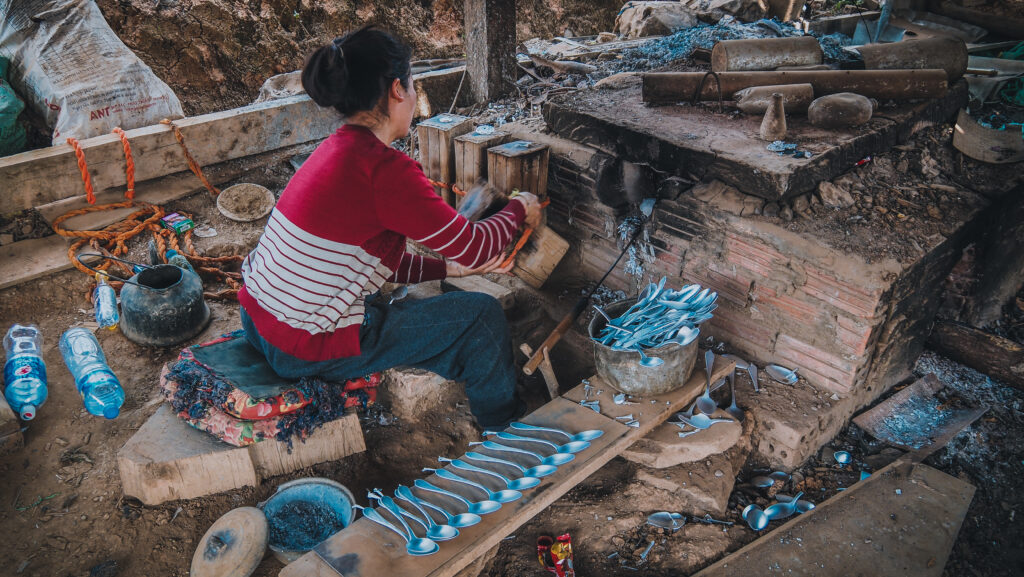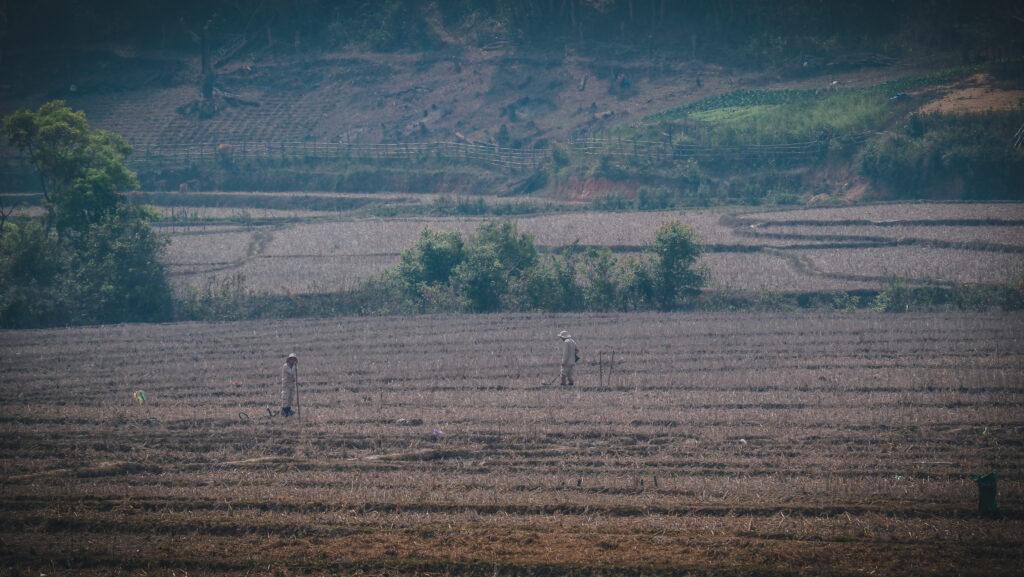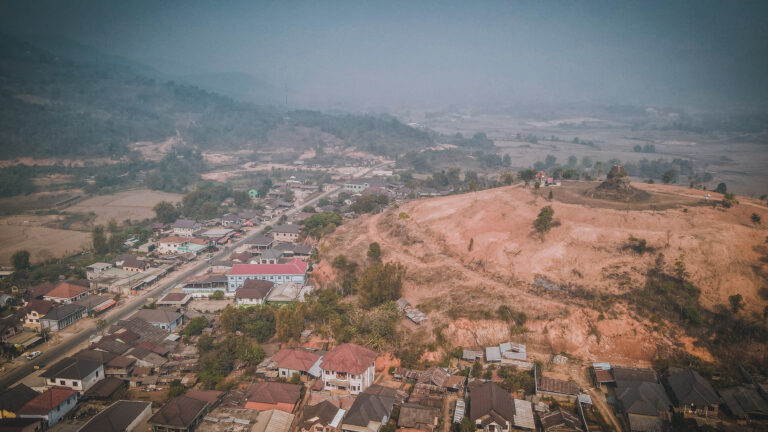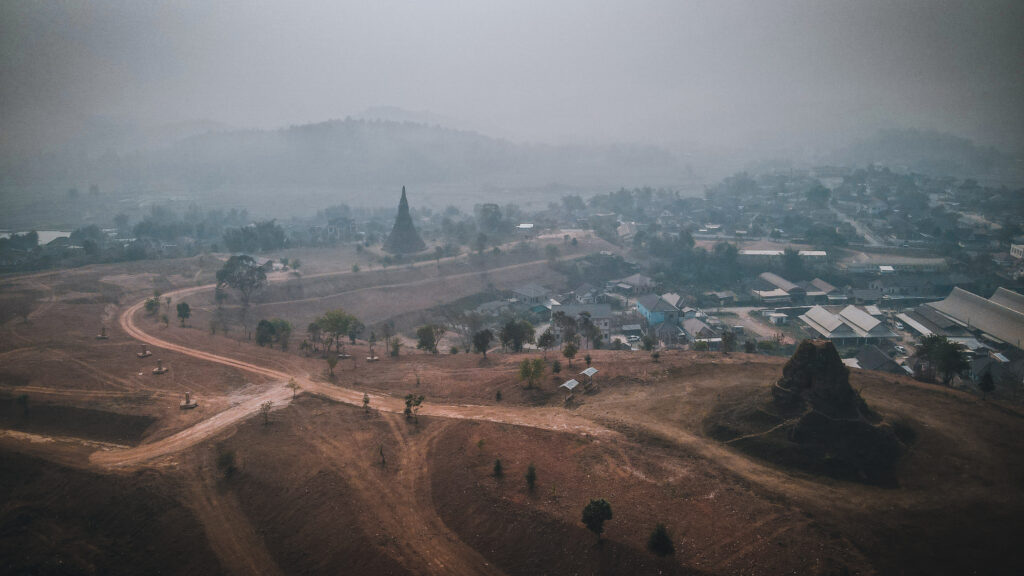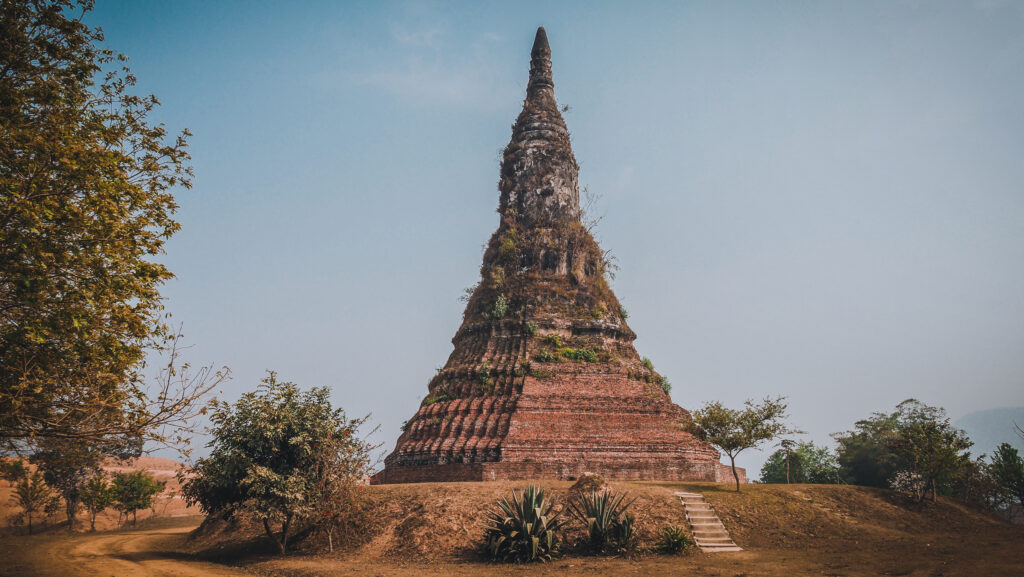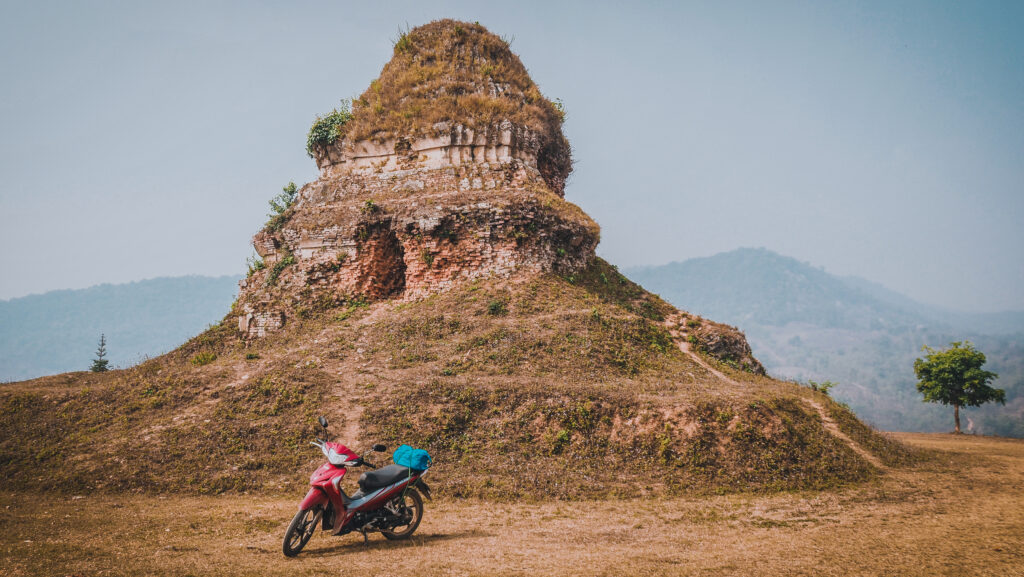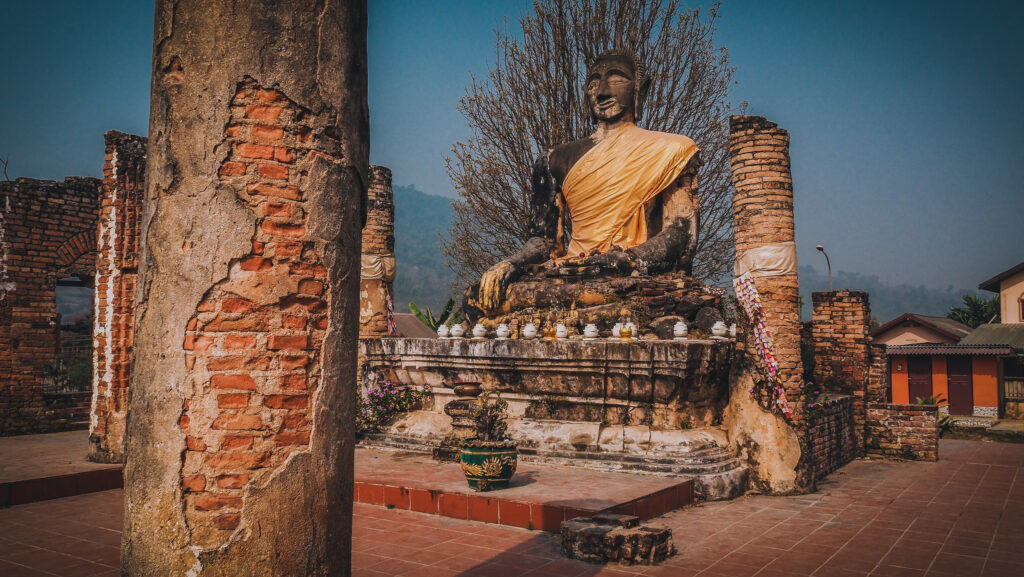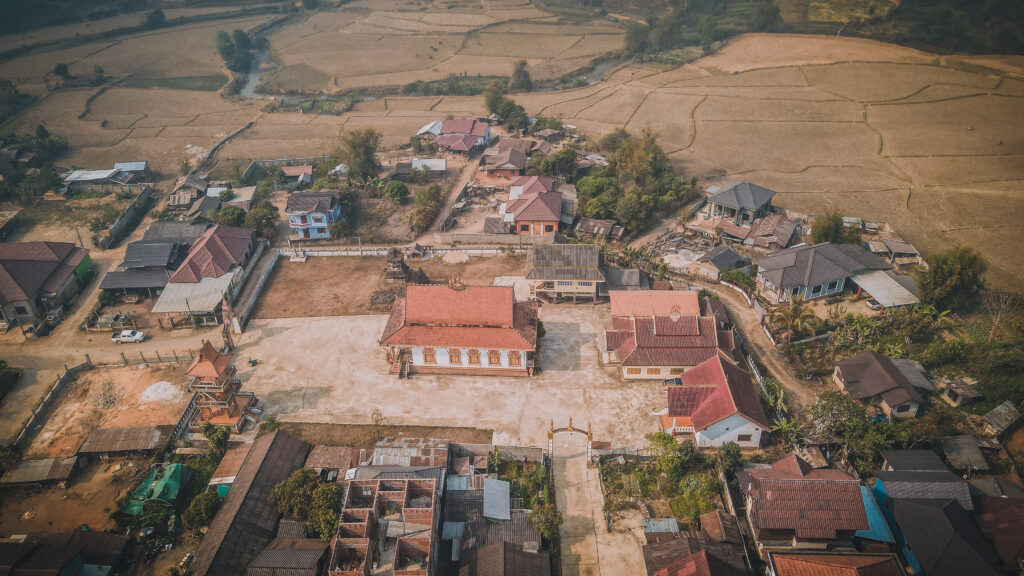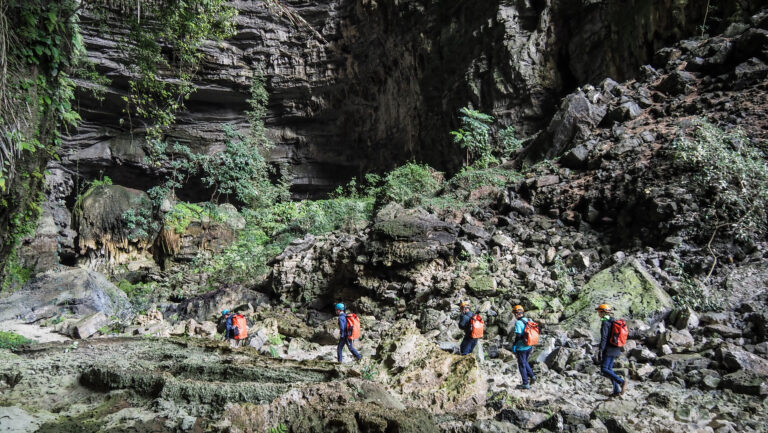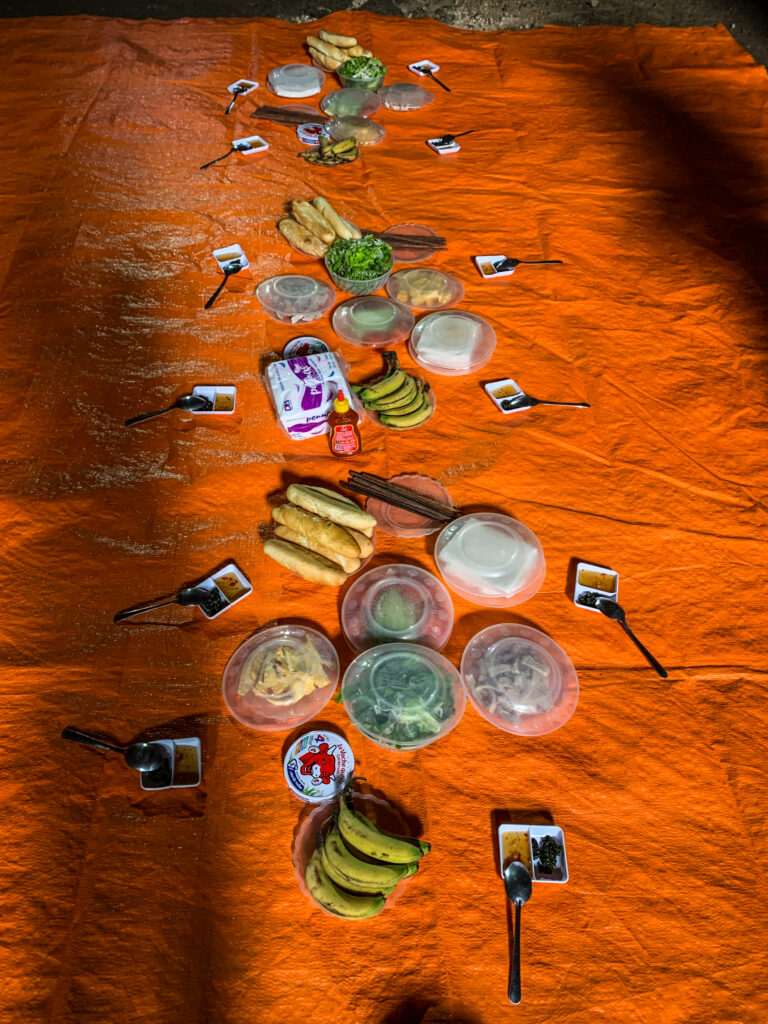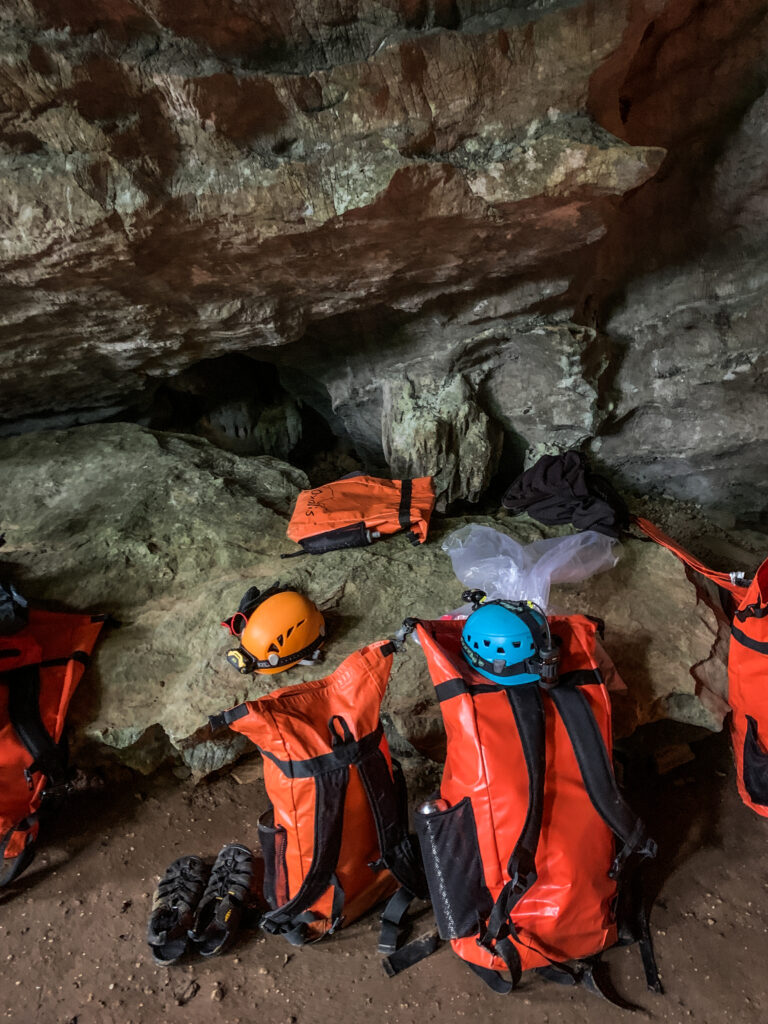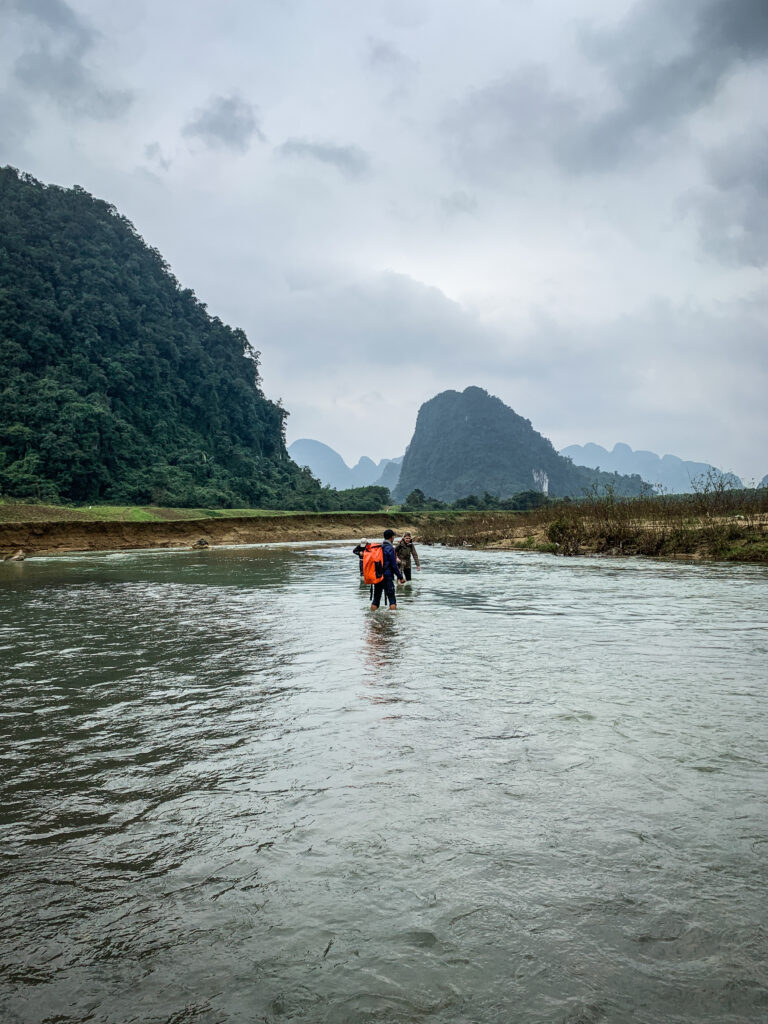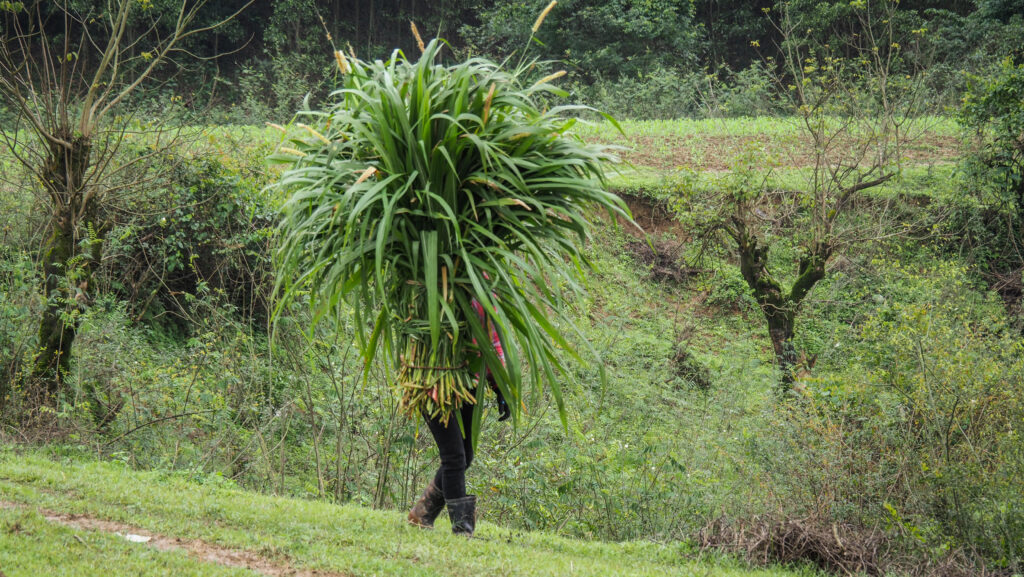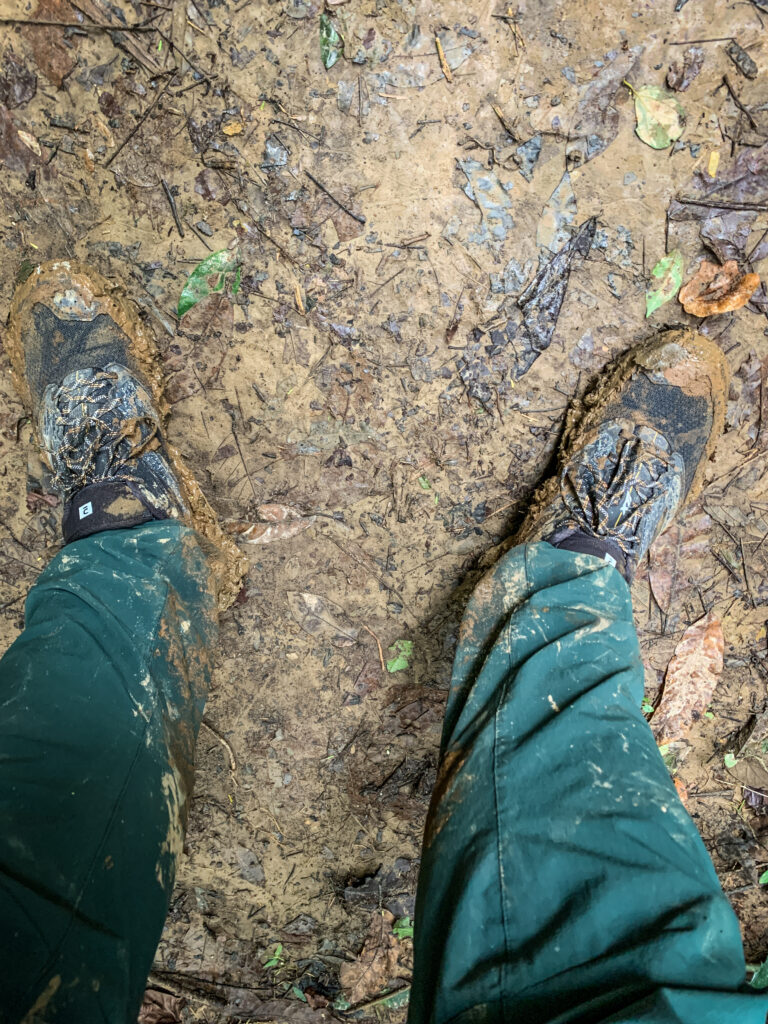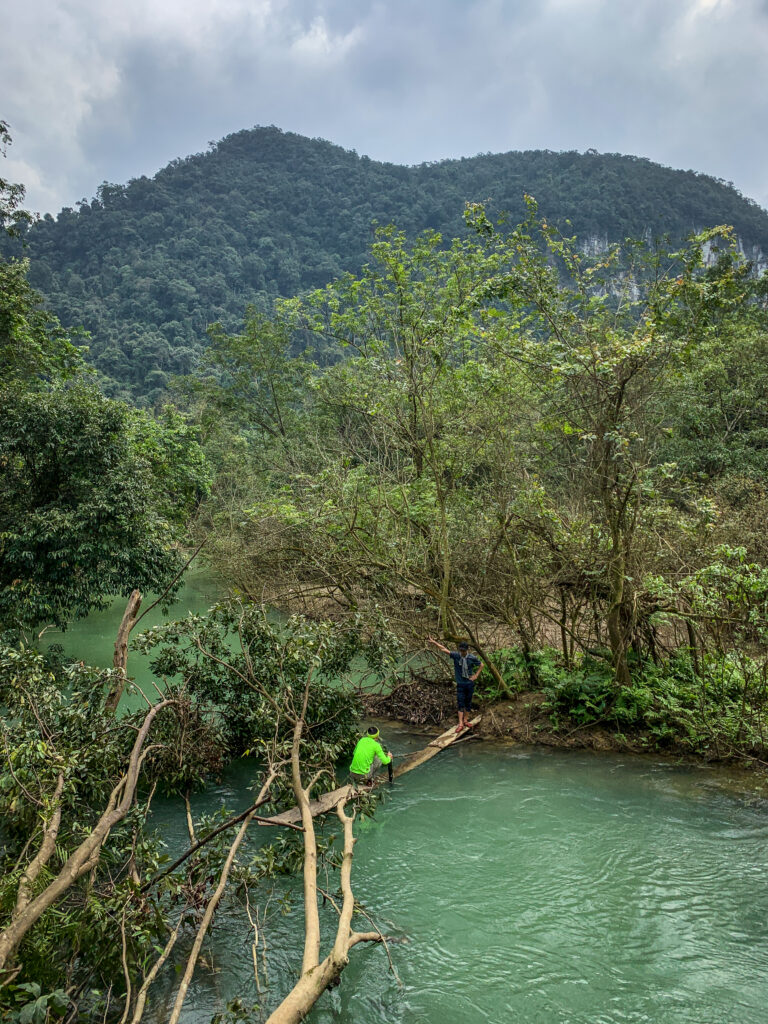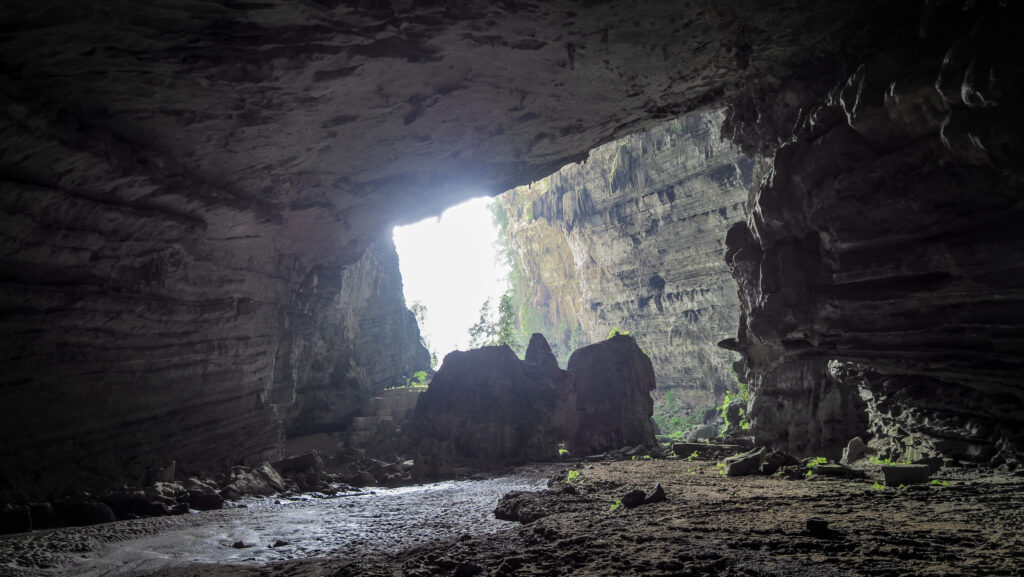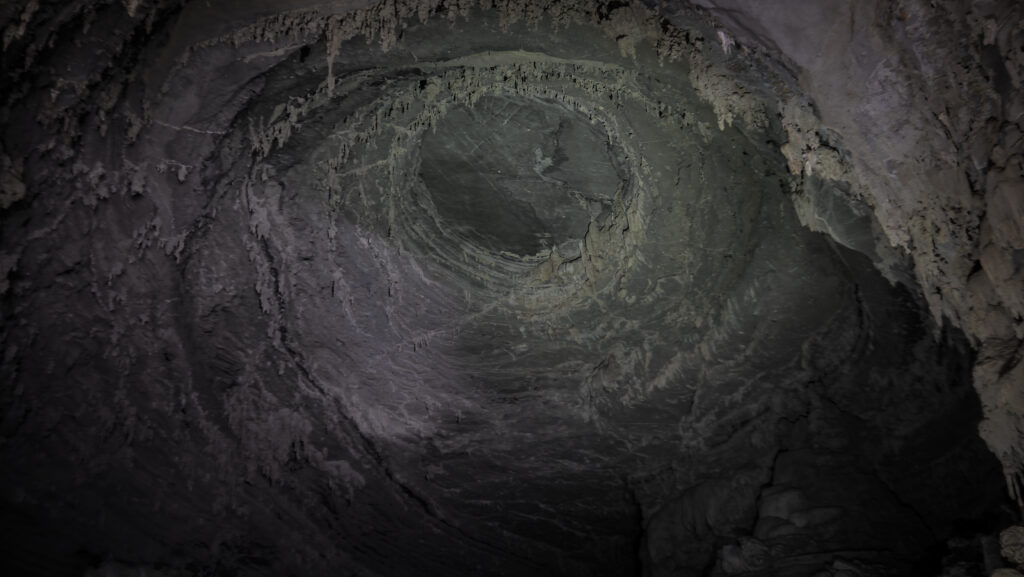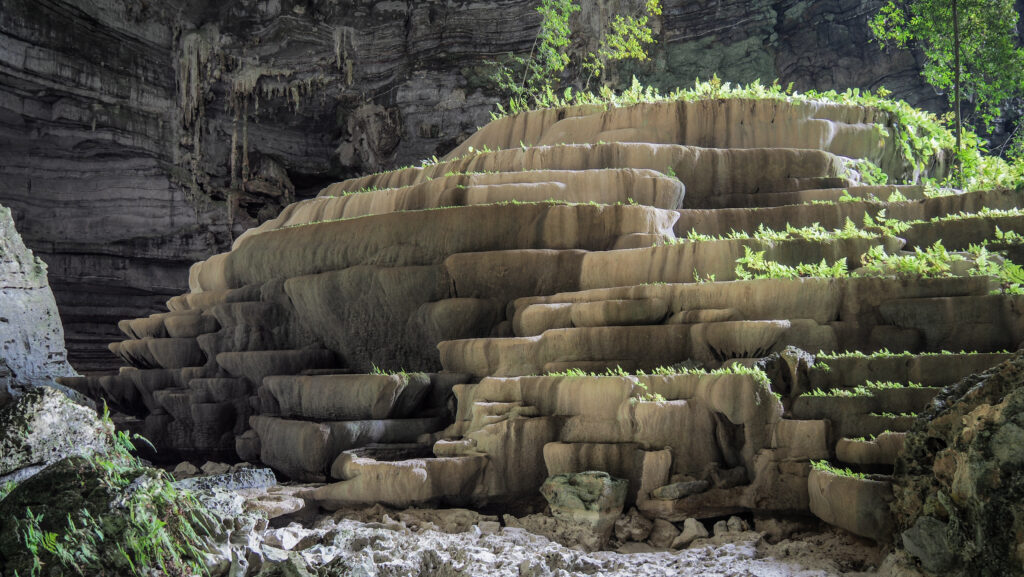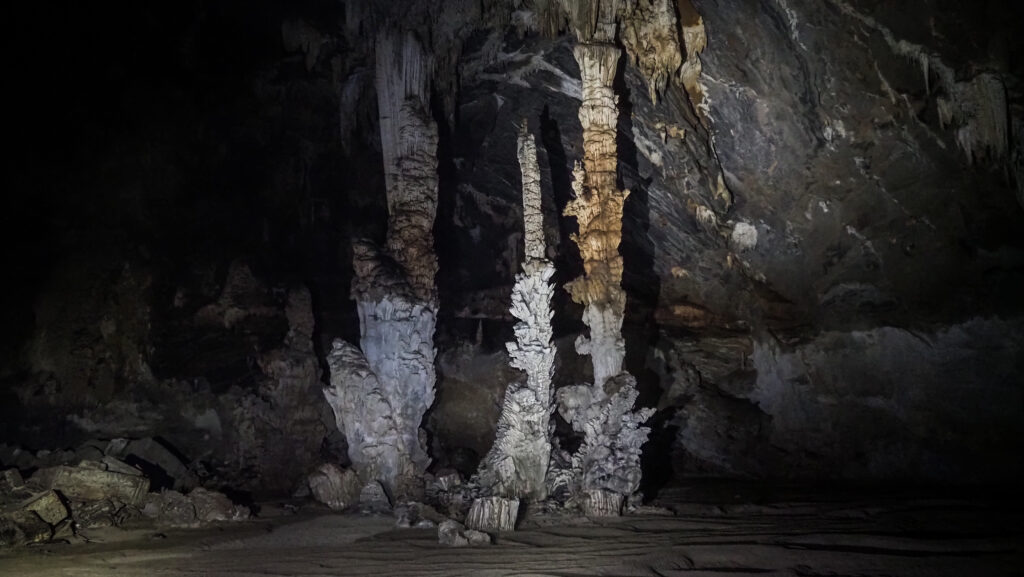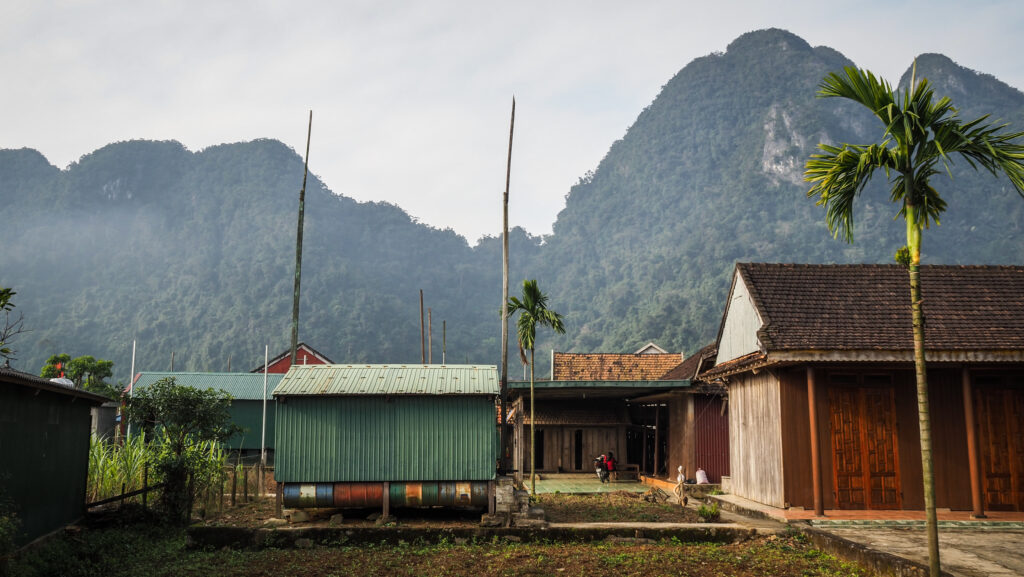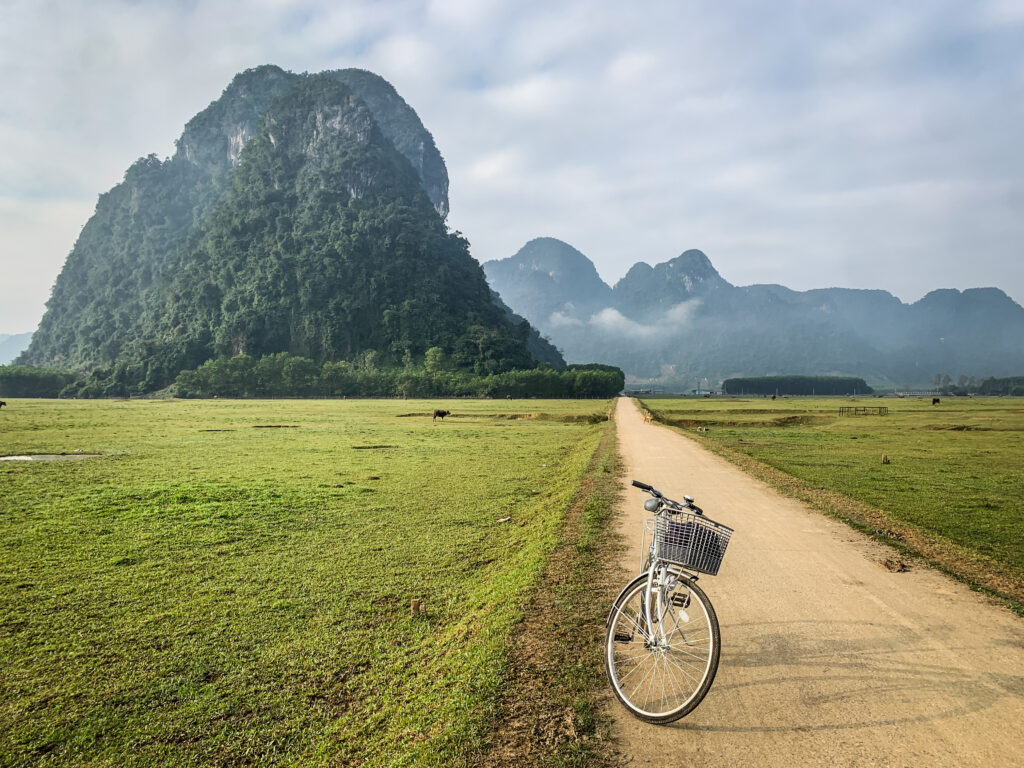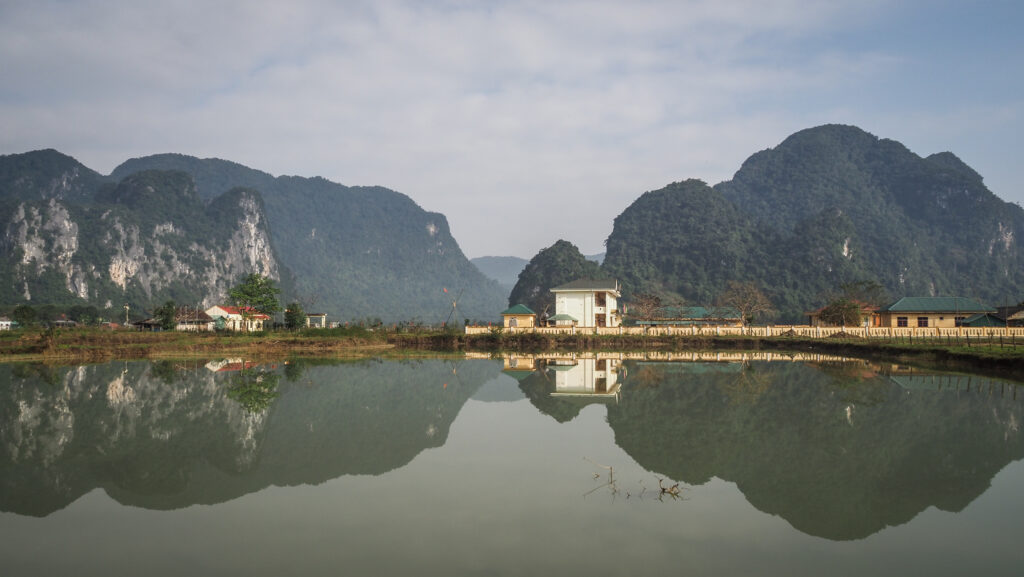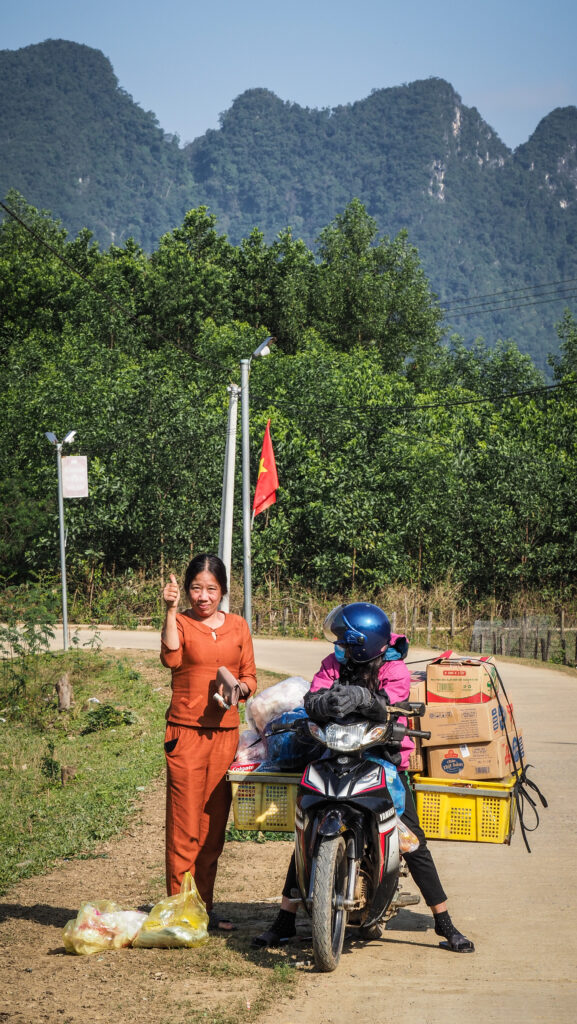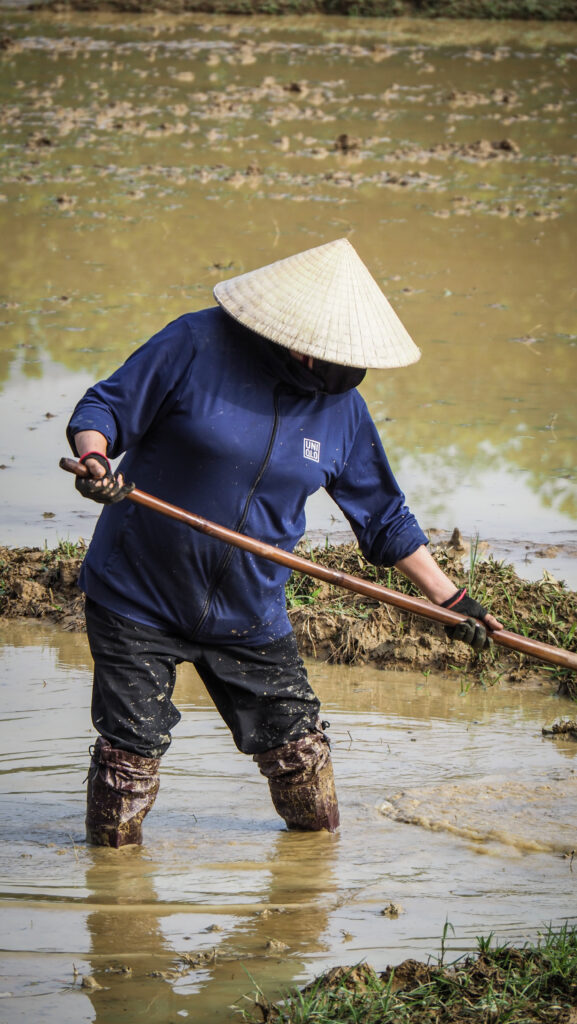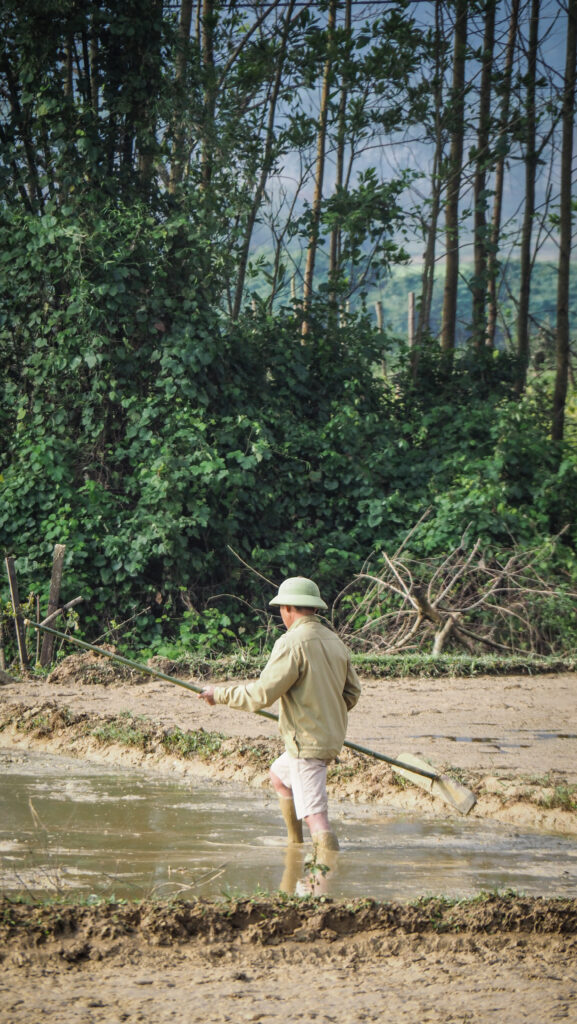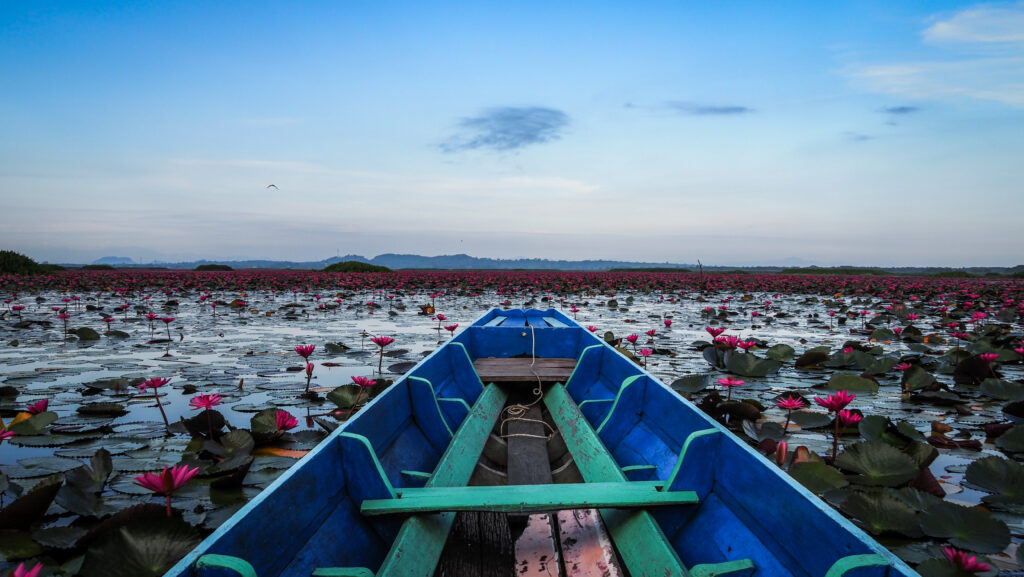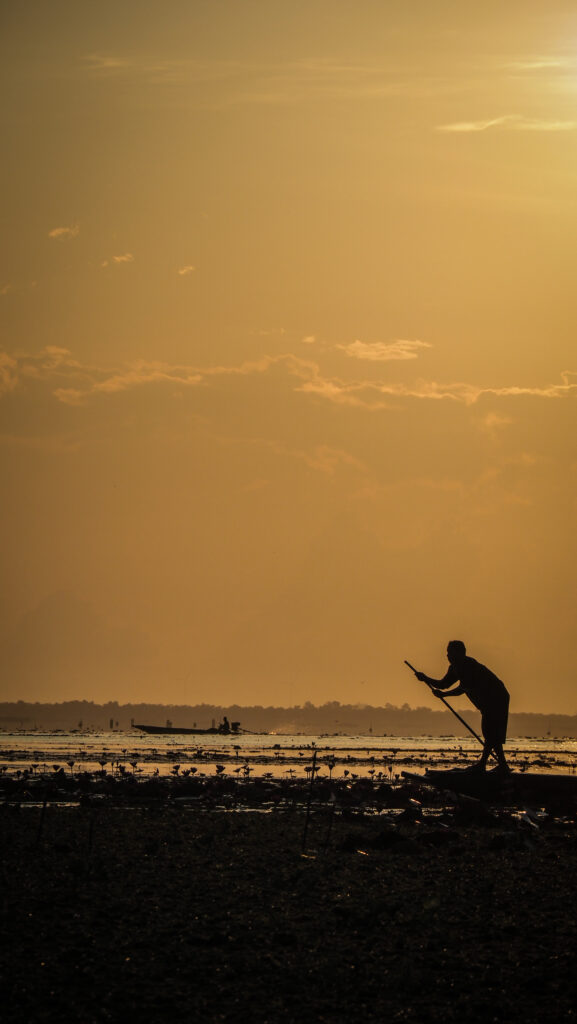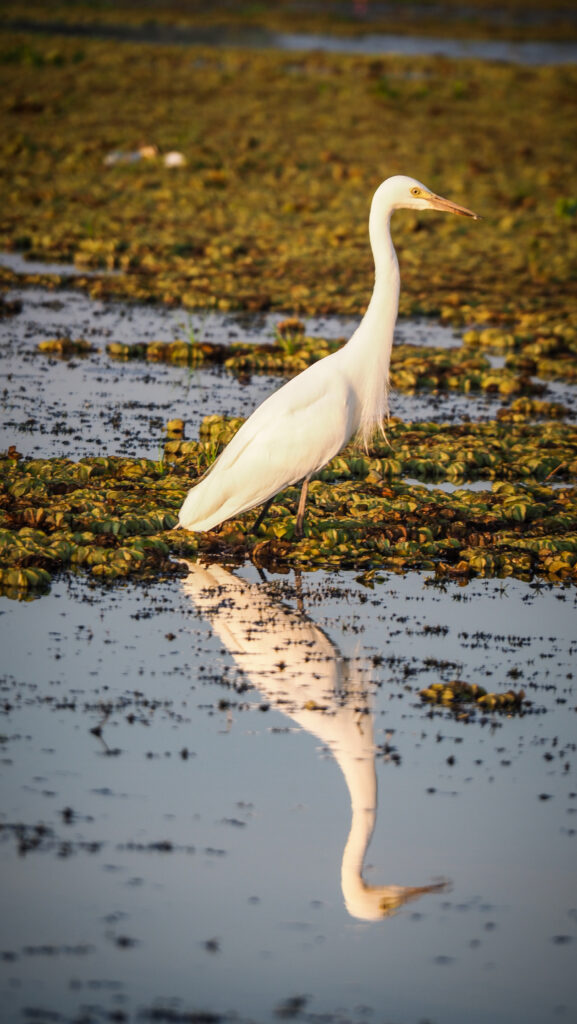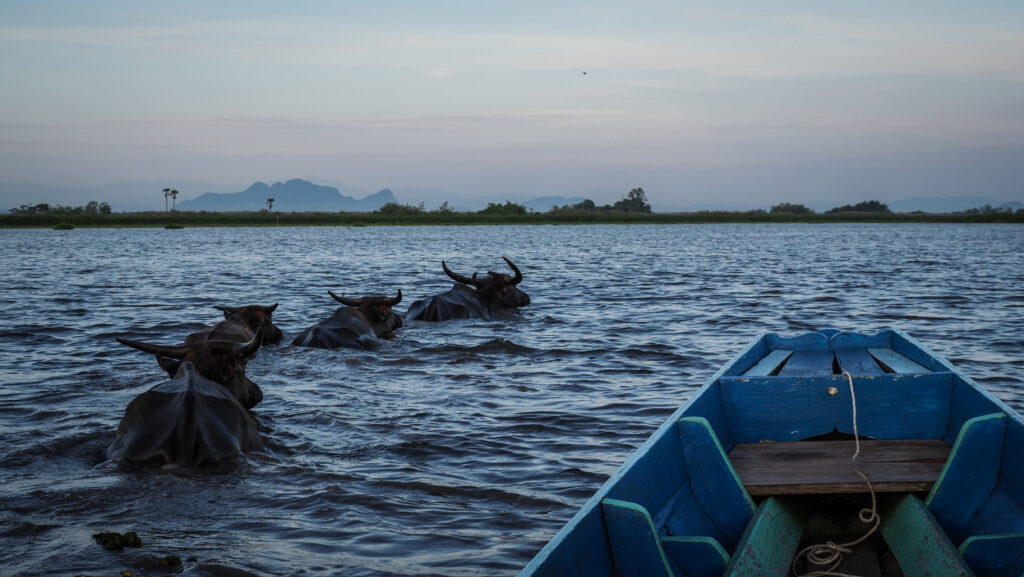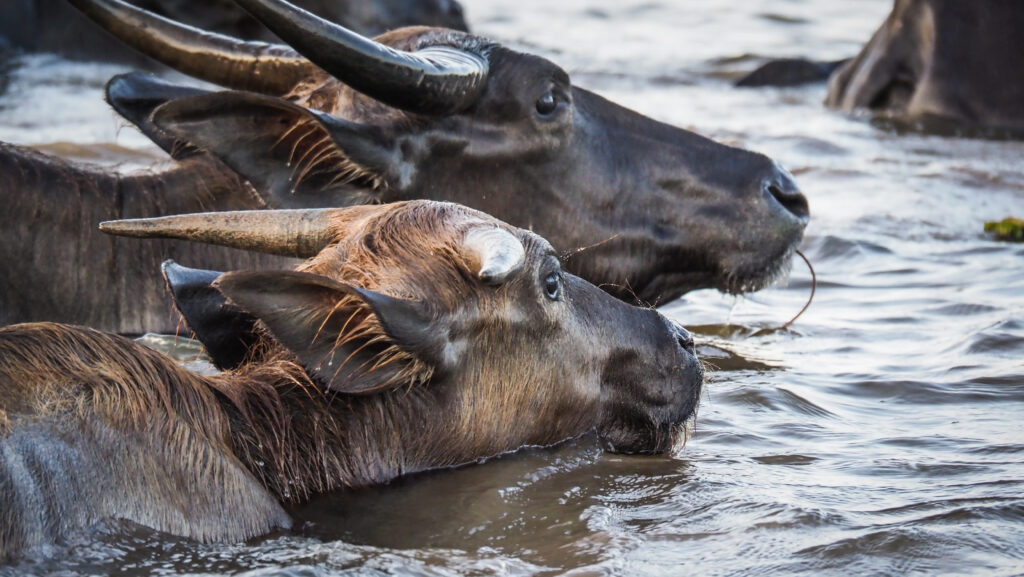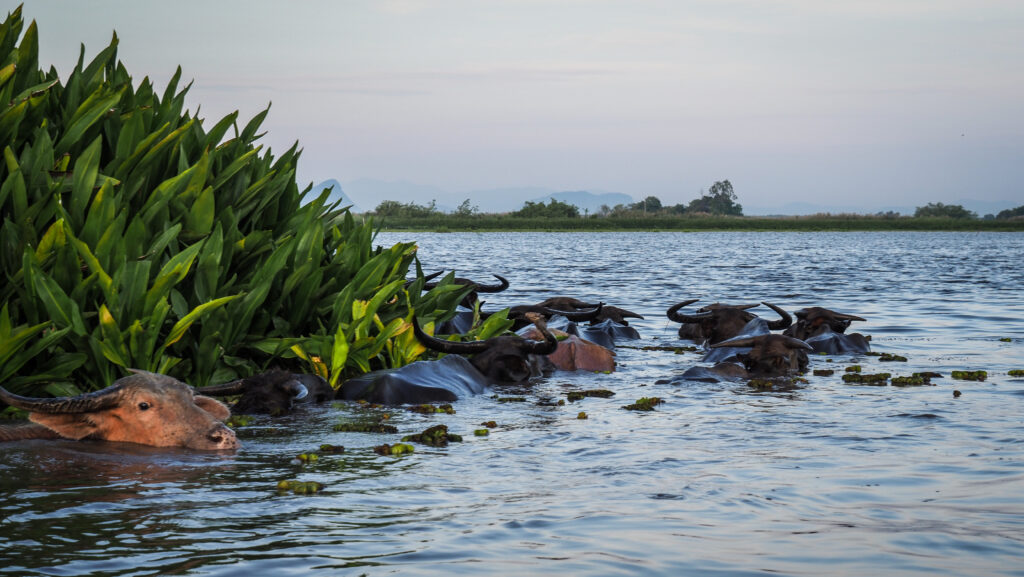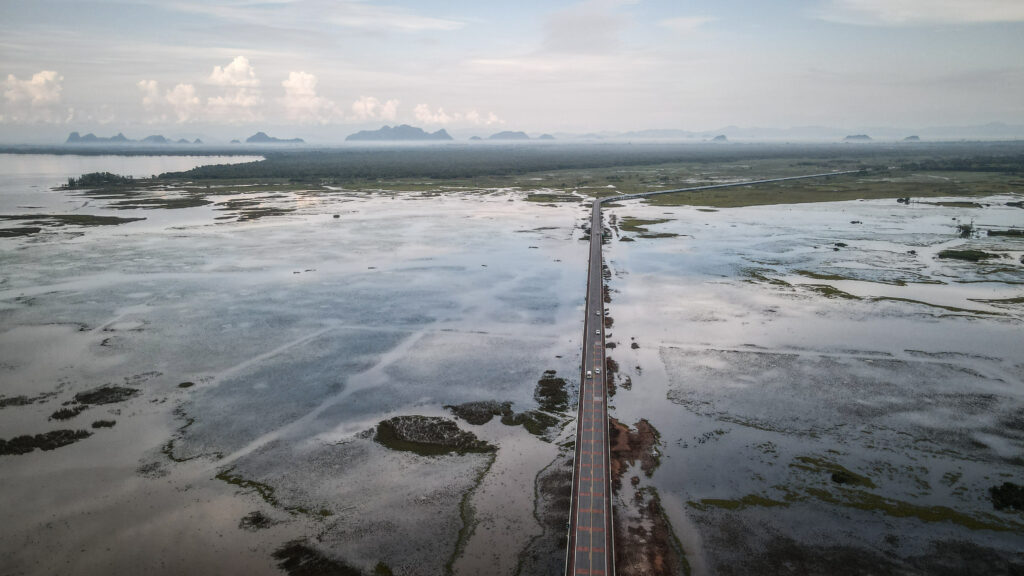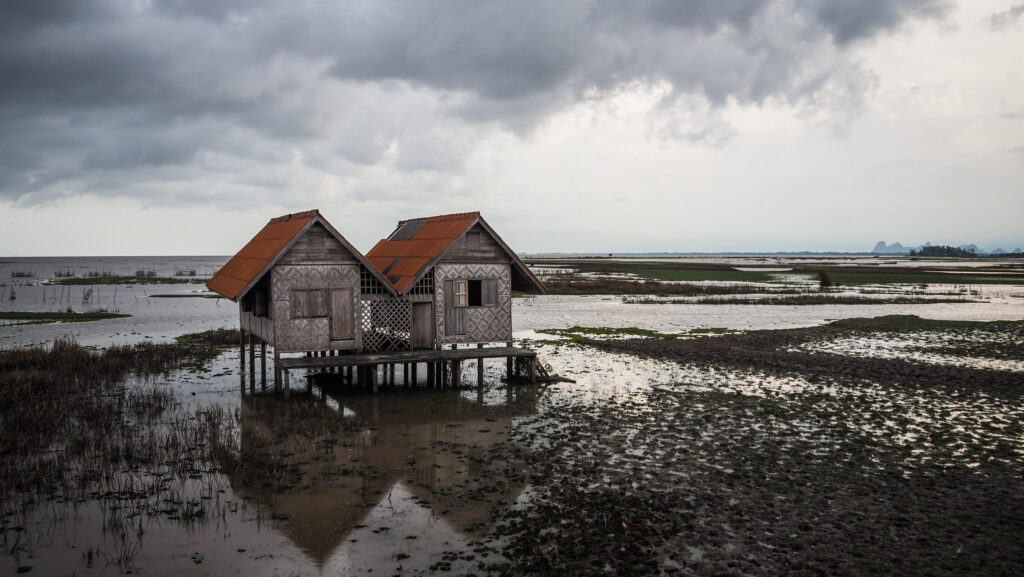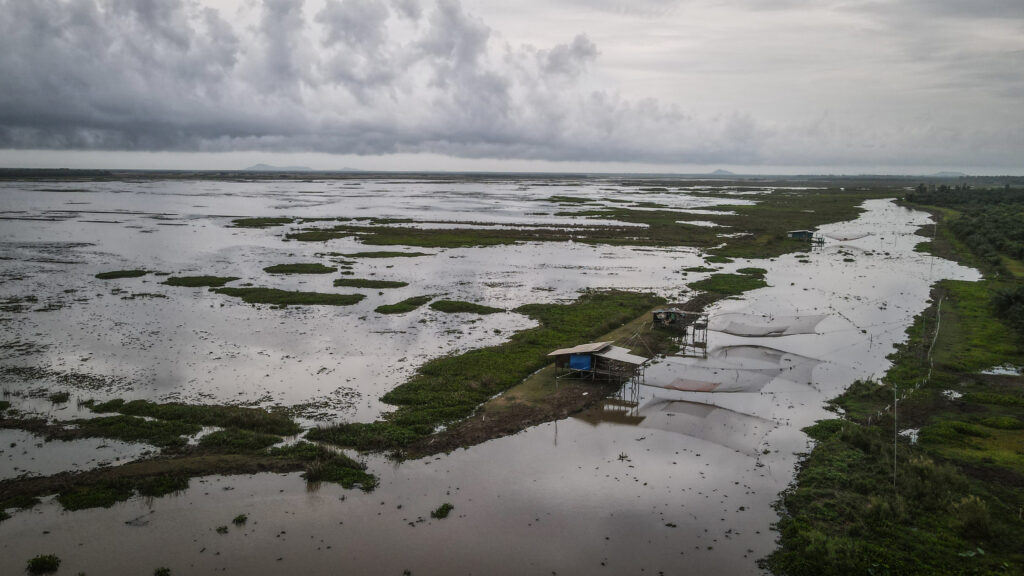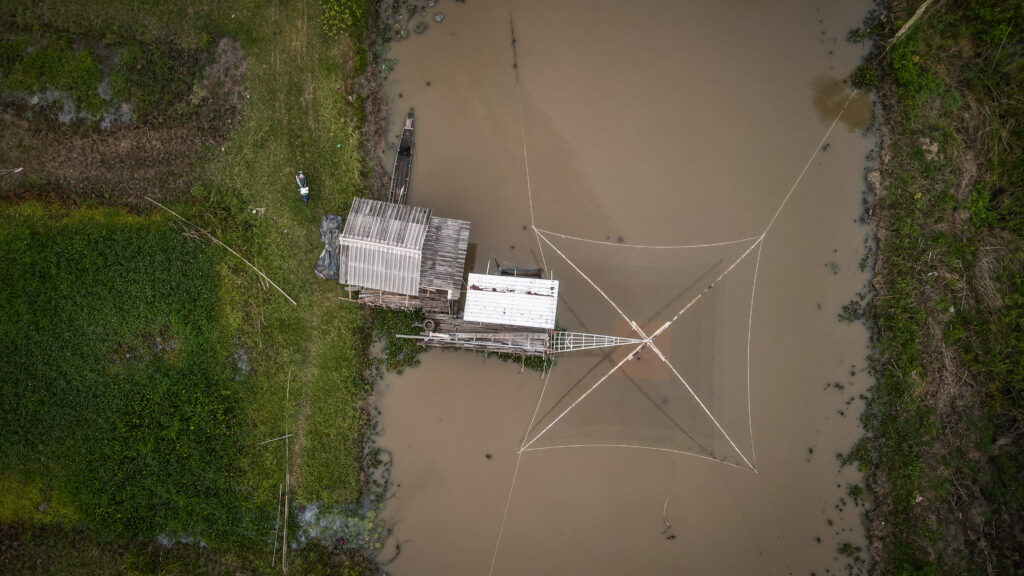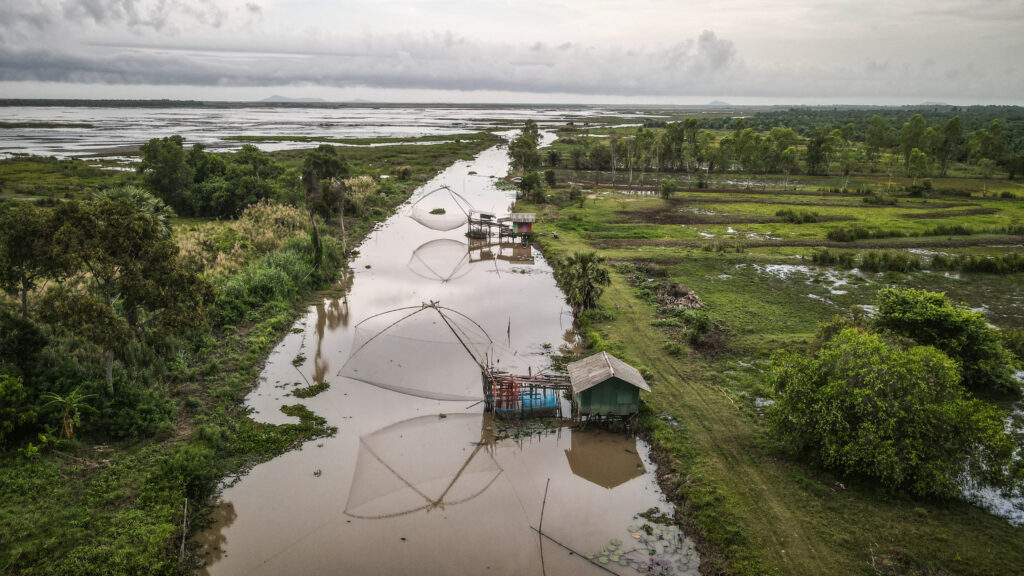Cat Tien is one of the most famous National Parks in Vietnam. Located in the southern part of the country, it is home to a unique and diverse ecosystem that includes tropical forests, wetlands, and even a dry evergreen forest. Here, visitors will discover a wide variety of wildlife, including rare species of birds, primates, and reptiles. Not only is this park a haven for nature lovers, but it also offers some activities for those looking for a bit of adventure. From day hikes to overnight camping, there’s something for everyone. I spent 2 full days in the park and left with mixed impressions. Let me show you what the part has to offer and what disappointed me.
How to get there?
From Ho Chi Minh City, you can take a bus from the Mien Dong (Eastern) Bus Station to the town of Dai Ninh, located just outside of Cat Tien National Park. From there, you can take a taxi or motorbike to the park. Alternatively, if you are travelling from other cities in Vietnam, you can take a bus or train to either Bao Loc or Dalat and arrange transport from there.
You may also check your connections at 123Go.Asia.
When to go?
The best time to visit Cat Tien National Park is during the dry season, which runs from December to May. During this time, the weather is more pleasant, making it ideal for trekking and exploring the park.

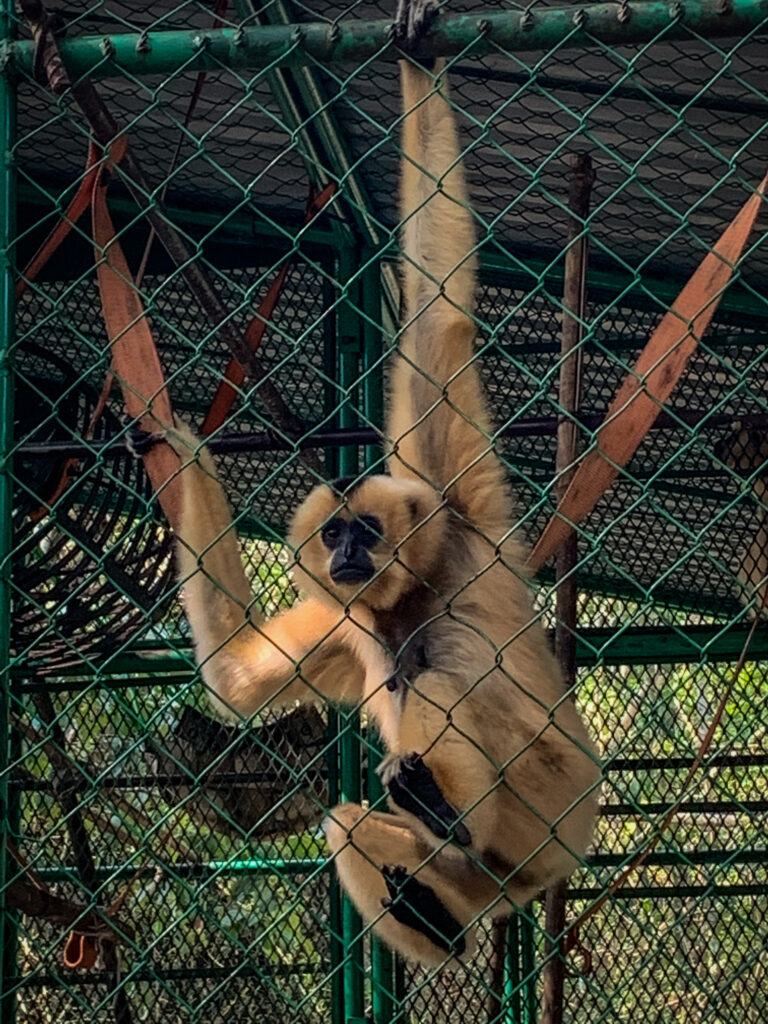
Where to stay?
My stay at Thuy Tien Eco Lodge was definitely one of the most pleasant experiences in that area. I was upgraded to the bigger room which was clean, with air-conditioning and a hot water shower. The internet was fast and I could work online without any issues. The owner was really sweet and she helped me organize my time in the park and gave me some tips.
What to take?
It’s a tropical environment and there are a few items that you definitely should take with you, to make your trip enjoyable and safe.
1. Sunscreen
2. Insect Repellent
3. Leech socks
4. Hat
5. Sunglasses
6. Lightweight and comfortable clothing
7. Trekking shoes
8. Water bottle
9. Snacks
10. Raincoat or poncho
11. First aid kit
12. Camera
13. Binoculars
14. Map of the park
Entrance fee
The ticket for a boat that takes you across the Dong Nai River costs 60.000 VND. There is no other way to get inside, so you must take it. The crossing literally takes one minute or even less.
Renting a bicycle
There are several options to rent a bike: 30.000 VND for 1 hour, 100.000 VND for 4 hours or 150.000 VND for 8 hours. Unfortunately, the bicycles are total rubbish so take your time and choose wisely. The rental place is just to the left of the Visitor Center.

Do-it-yourself activities
Tung Tree
In the park, there are many tall trees which are hundreds of years old and Tung Tree is one of them, with a height of 20 meters and a width of 10 meters. The roots of the trees sit on the ground and are absolutely breathtaking. When walking through the jungle and approaching this tree, you can feel like Tomb Raider!


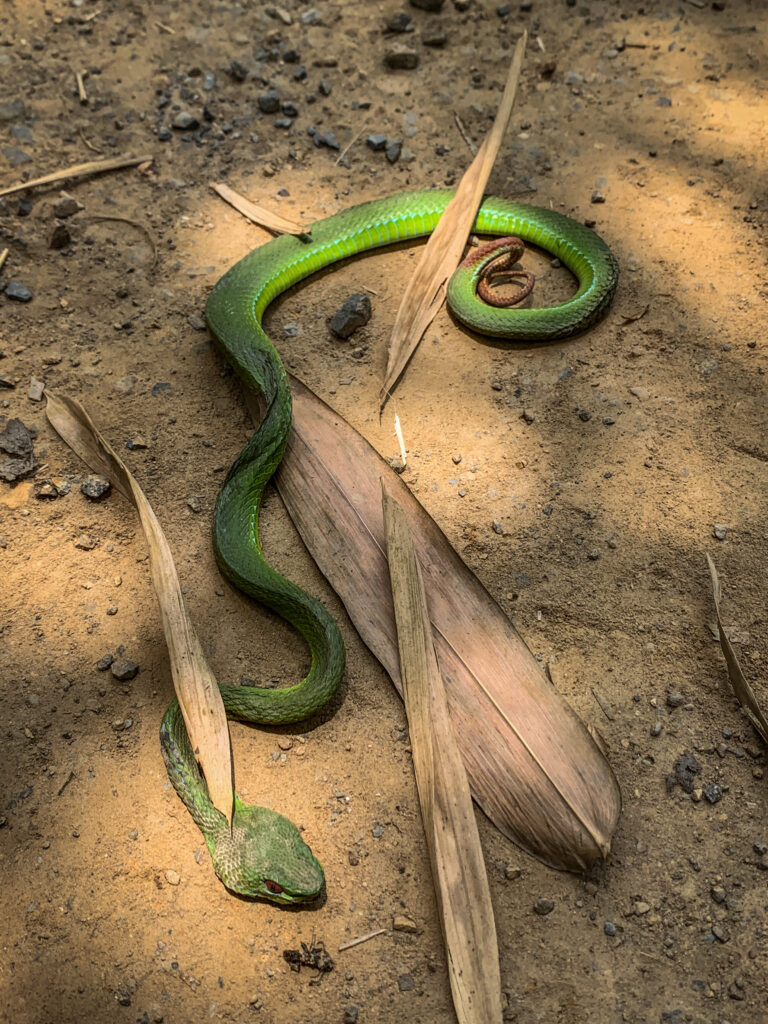
Ben Cu Rapids
Nothing too spectacular, at least in the dry season. You can walk around the stones to get closer to the river but unfortunately, the area was full of rubbish. Very sad view, especially inside the National Park. It seems like rangers are too busy doing nothing instead of moving their asses to clean a bit!


Uncle Dong Tree
Another impressive tree. This time it is a genus of redwood tree with 2 meters diameter.
Botanical Garden
It’s a series of paths through the jungle, very close to the riverside. The names of plants and trees are included on the boards. Very pleasant walk!
Heaven’s Rapids
The series of rapids is located about 12 km away from the Visitor Center. The road to get there is a bit bumpy, especially on low-quality rental bicycles. You can easily do it together with other sights on the way: Tung Tree, Ben Cu Rapids, Botanical Garden, and Uncle Dong Tree (small detour needed). Unfortunately, similar to Ben Cu Rapids, there were lots of plastic bottles in the water. It isn’t my definition of heaven!
Crocodile Lake
This is the classic trekking route in Cat Tien and is not to be missed. Take a bicycle for about 9 km on the main park road to the beginning of the trail. Then hike 5 km to reach the lake. You might see giant trees, rare peafowl, water birds, monkeys and of course Siamese crocodiles. And if you don’t see, for sure you will hear a lot of wildlife around you. This was certainly the best hike in the park, even though the entrance fee of 250.000 VND at the lake seemed to be too high. You can stay overnight at the Ranger Station with advance reservations which of course will give you priceless opportunities to watch wildlife in the night and at dusk.

Garlic-Shaped Lagerstroemia Tree
From Crocodile Lake, the unpaved road continues for another 3 km to these unique trees. At the end of April, the forest here was full of butterflies making the whole ride even more amazing!



6 Rooted Intersecting Ficus
On the way to or from Crocodile Lake, do not forget to stop to see this wonder of nature. I felt like inside the Lord of the Rings movie, only waiting for that tree to move and grab me with its roots.


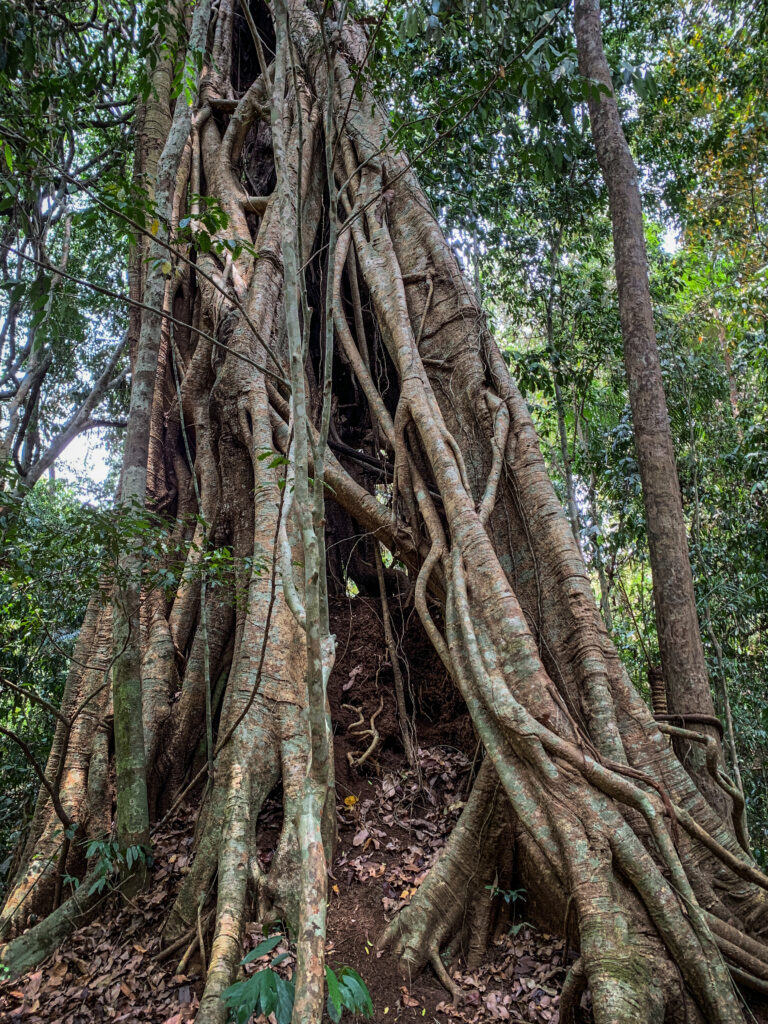
Bear and Gibbon Rescue Center
It is located just next to the visitor centre and is free to visit. However, it looks a bit creepy. The gate was open but I couldn’t see any staff member around so I just walked around. I couldn’t see any moon bears or sun bears inside but there were a few gibbons in the cages. I hope they are treated well!
Ta Lai Village
The place is located 12 km from the Visitor Center and is populated by Ma, Stieng, and Tay people. The Ma and Stieng people are the original inhabitants of the Park’s Core Zone. Here you can experience daily life in a rural community. You can come here on a bicycle following the western bank of the Dong Nai River or on a motorbike following the eastern bank.
Activities
Wild Gibbon Trek
The most famous activity in the park brought me a lot of mixed feelings. The tours are limited to 4 people per day and we started at 5 AM in the morning when a boat took us to the visitor centre where we were greeted by our guide. Then we walked to the area next to Tung Tree, where we made a short stop and then continued deeper into the jungle. Soon, we were able to hear incredibly loud sounds made by the gibbons so we followed in this direction. The whole singing spectacle lasted about 10-15 minutes and then it got quiet. We could see some gibbons eating high in the trees. After a while, we came back to the visitor centre and the tour finished. Overall, it was great to hear and see gibbons in the wild. The tour took about 2 hours and cost 1.150.000 VND. Was it worth the time? Definitely yes. Was it worth the money? Definitely not. I found the tour highly overpriced and the guides also weren’t too eager to share some information about gibbons and wildlife in general.



Boat ride to Ta Lai
If you like water and birds, it is recommended to take a boat trip on the Dong Nai River. The trip downstream to Tai Lai Village is a great way to see the park from the waterfront. There is not much to do in the village itself so the whole activity is rather about sightseeing from the water and not about the final destination. The round trip takes about 3 hours.
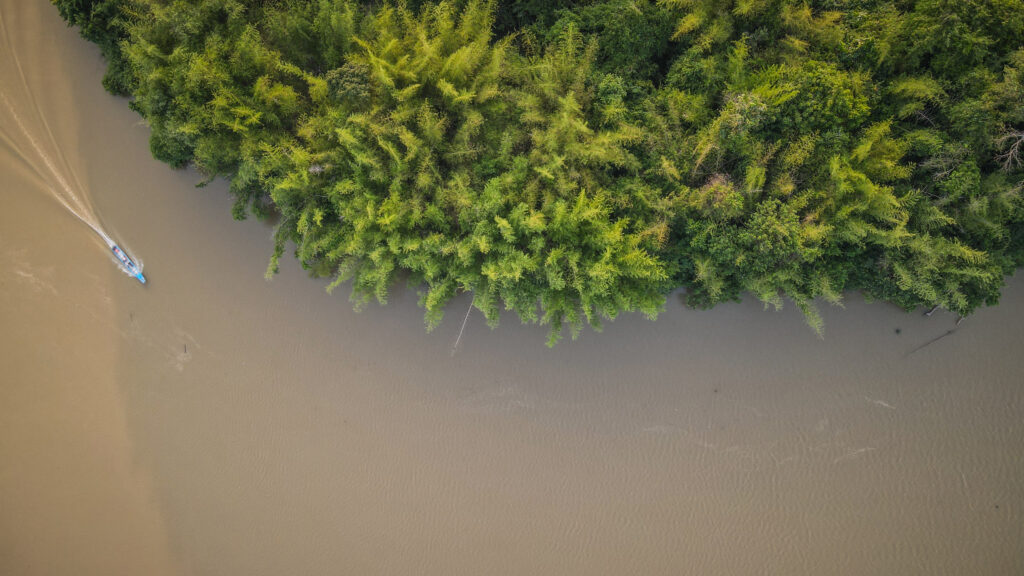

Night Safari
Night spotting is the easiest way to see mammals. Ride in an open-air truck through the jungle to observe wild animals such as deer, wild pigs, snakes, porcupines, gaur and weasels as they forage for food on the grasslands or in bushes during the night.
Dao Tien Engangered Primate Species Center
Dao Tien Island is just 5 minutes upstream from the boat landing. The centre specializes in the rescue, rehabilitation and release of endangered primates naturally found in the area of the park: golden-cheeked gibbons, black-shanked douc, silvered langur and pygmy loris. Most of the animals who are helped at this centre were victims of the illegal wildlife trade. The local guide will explain more about their stories and the job that the centre does. At the time of my visit (April 2023), there was only one tour per day and it was at 8 AM, so you need to be at the visitor centre at around 7.45 AM.
Final thoughts
Even though the time in nature is always great, I left Cat Tien National Park with mixed feelings. In my opinion, the number one attraction called Wild Gibbon Trek is highly overpriced. Moreover, I saw rubbish all over Ben Cu Rapids and Heaven’s Rapids. I also saw many park rangers who didn’t do anything besides chilling in the hammock. Then, where does all the money earned from park attractions goes? They could just walk around ONCE A WEEK to collect the trash if there is any. But yeah, what’s the point? It’s Vietnam and no one cares anyway.

